Archive photographs of significant events of the first world war in Belgium, France and England – from Kaiser Wilhelm II inspecting German troops, to Australian soldiers at Ypres and PoWs in Bruges – are matched with the locations today. This is the first of a two-part series, which focuses on the years 1914-16. Next week, we look at the key moments from the end of the war and its aftermath
• Photography then and now lets you move through time by tapping or clicking on a historic image to reveal the modern view. You can drag or swipe to control the speed of the transformation
November 1914: departure of the Liverpool Scottish Regiment for the front from Royal Tunbridge Wells. July 2014: The Pantiles, London Road, Tunbridge Wells. At the outbreak of war, recruitment to the British Army was high, reaching a peak in September following the retreat after the Battle of Mons, the first major engagement for the British Expeditionary Force. Over a million men had volunteered to fight by the end of 1914. Photographs by Popperfoto/Getty and Suki Dhanda/The Guardian
September 1914: German soldiers take a rest on the steps of Varreddes town hall, less than 30 miles from Paris, during the first battle of the Marne. March 2014: The town hall almost 100 years later. The German Schlieffen Plan was devised in 1905 as a devastating attack on France; it was revised in 1914 as tensions escalated in Europe. Photographs: Print Collector/Getty and Peter Macdiarmid/Getty
c1914-18: British soldiers, captured by troops of the central powers, are led through the main square of Bruges, Belgium, escorted by the German army. 10 March 2014: Tourists at Grote Markt in the city. The revised Schlieffen Plan necessitated the German army to invade Belgium in order to outflank the French army. This resulted in Britain declaring war with Germany. Bruges was occupied by German forces from 14 October 1914. Photographs by Mondadori/Getty and Peter Macdiarmid/Getty
c1915: The Brighton Dome used as a military hospital for wounded Indian soldiers. June 2014: Today it is a multi-arts venue. Indian troops were fighting for the Allied forces on the western front as early as October 1914 and over 130,000 Indian soldiers eventually served in France. A wounded Indian soldier wrote from a hospital in England: "Do not think that this is war. This is not war. It is the ending of the world." Photographs by Popperfoto/Getty and Suki Dhanda/The Guardian
December 1914: Whitby Abbey after being shelled by German battle-cruisers. June 2014: Visitors at the site today. Although it was ruined after Henry VIII's dissolution of the monasteries between 1536 and 1541, it was further damaged by the German First High Sea fleet's bombardment of Hartlepool, Scarborough and Whitby in December 1914. Photographs by Topical Press Agency/Getty and Gary Calton/The Guardian
c1915: Kaiser Wilhelm II inspects German troops (unseen) at Vouziers in the Ardennes with General von Lindquist, his son Prince Eitel Friedrich, General Karl von Einem and Major von Bismarck. June 2014: Buildings in the market square today. Following the assassination in Sarajevo of his friend Archduke Franz Ferdinand, Wilhelm II and his chancellor, Theobald von Bethmann-Hollweg, sanctioned Austria-Hungary to take revenge against Serbia, which was accused of complicity in the murder; an approval that led to events culminating in the outbreak of the war. Photographs by Haeckel Brothers/FPG/Getty and Andy Hall/The Guardian
June 1915: a sign chalked on the front of a shop in the east end of London assures people that the business is Russian-owned. Mobs have been attacking shops that they suspect are owned by Germans. July 2014: 170 Salmon Lane, Limehouse, today. Anti-German sentiment erupted into intermittent rioting at the outbreak of war with shops of German or Austrian tradesmen attacked. Photograph by Topical Press Agency/Getty and Karen Robinson/The Guardian
October 1915: German field guns captured at the Battle of Loos are displayed in London. June 2014: workers on Horse Guards Parade. Referred to at the time as "The Big Push", the Battle of Loos marked the first major example of trench warfare. It was also the first time the British used poison gas. Photographs by Topical Press Agency/Getty and Richard Saker/The Guardian
December 1915: men queue up to enlist for the war at Deptford town hall, south London, as part of Lord Derby's recruiting campaign. April 2013: Goldsmiths, a constituent college of the University of London, took receipt of the town hall in 1998. 2,466,719 volunteers joined the British army between the outbreak of war and December 1915. However, as the conflict proceeded, fewer and fewer men enlisted, and conscription began at the beginning of 1916 when the Military Service Act was passed. Photographs: Topical Press Agency/Getty and Andy Hall/The Guardian
1916: a French soldier walks in the ruins of Verdun after German bombing. 11 March 2014: a car is parked near the former Episcopal Palace. Verdun was the site of one of the bloodiest, longest and most costly battles of the entire conflict. The attack on the city was conceived by the German chief of the general staff, Erich von Falkenhayn, who initiated a massive offensive to break French troops. After months of bombardment, the French managed to hold the line against the Germans. There were an estimated 700,000 casualties. Photographs by Gamma-Keystone/Getty and Peter MacDiarmid/Getty
August 1916: the unveiling ceremony of a memorial to Lord Kitchener, the British Secretary of State for War, who died in June 1916 when his vessel struck a German mine and sank off the coast of the Orkney Islands, Scotland. July 2013: people sunbathe in the grounds at the church of St Botolph in Bishopsgate, London. It is said to be the first memorial of the war in England. The Shell Crisis was a shortage of munitions on the front lines of the war in 1915. Kitchener was responsible for munitions production at the time and, although he remained as minister for war, his role was diminished. Photographs: Topical Press Agency/Getty and Jim Powell/The Guardian
September 1916: a trench in the main alley at Laon cemetery, Reims. June 2014: a thoroughfare in the cemetery today. From September 1914, the Allied forces and Central Powers dug 475 miles of parallel trenches stretching from the North sea to the Swiss border. Offensives staged by both the warring sides saw maximum advances of just six miles until 1918, the final year of the war. Photographs by Roger Viollet/Getty and Andy Hall/The Guardian
1916: A parade of bill posters call for the reinstatement of Lord John Fisher. He resigned in 1915 as a protest against the Dardanelles expedition. June 2014: Whitehall today. After retiring in 1910, Admiral John Arbuthnot Fisher returned to office as First Sea Lord in October 1914, but dramatically resigned in 1915 after disputes with the First Lord of the Admiralty, Winston Churchill, over the Gallipoli campaign. Gallipoli resulted in the deaths of more than 8,000 Australians and 2,500 New Zealanders. Photographs by W G Phillips/Getty and Richard Saker/The Guardian
December 1916: Reg Spencer from Duchess Road school lays a wreath from schoolchildren in Sheffield on Jack Cornwall's grave. Sixteen-year-old John Travers Cornwall won a posthmous Victoria Cross at the Battle of Jutland. June 2014: the gravestone at Manor Park cemetery, east London, today. The Battle of Jutland was the largest naval battle of the war. The Grand Fleet had more casualites and lost more ships, but the German High Seas Fleet was irreparably damaged. It was described by a German journalist as "an assault on the jailer, followed by a return to jail". Photographs by Topical Press Agency/Getty and Sophia Evans/The Guardian
November 1917: women land workers with a laden haywain during the Lord Mayor's show, London. July 2014: Mansion House in the City of London today. At the outbreak of war, women took on roles previously reserved for men. Their contribution to the war effort ultimately helped hasten female suffrage. Photographs by Topical Press Agency/Getty and Karen Robinson/The Guardian
November 1917: Australian troops stand by the ramparts at Ypres. December 2013: In 1920, the decision was made to rebuild Ypres exactly as it was before the war, with its remaining fortifications restored. The Battle of Passchendaele or Third Battle of Ypres was fought between between July and November 1917. It resulted in the loss of 300,000 Allied forces' lives with only five miles gained during three months of attrition under the command of Field Marshal Sir Douglas Haig. Photogaphs by Hulton Archive/Getty and Jim
Powell/The Guardian http://www.theguardian.com/artanddesign/ng-interactive/2014/jul/25/the-western-front-in-the-first-world-war-and-now-interactive?CMP=fb_gu

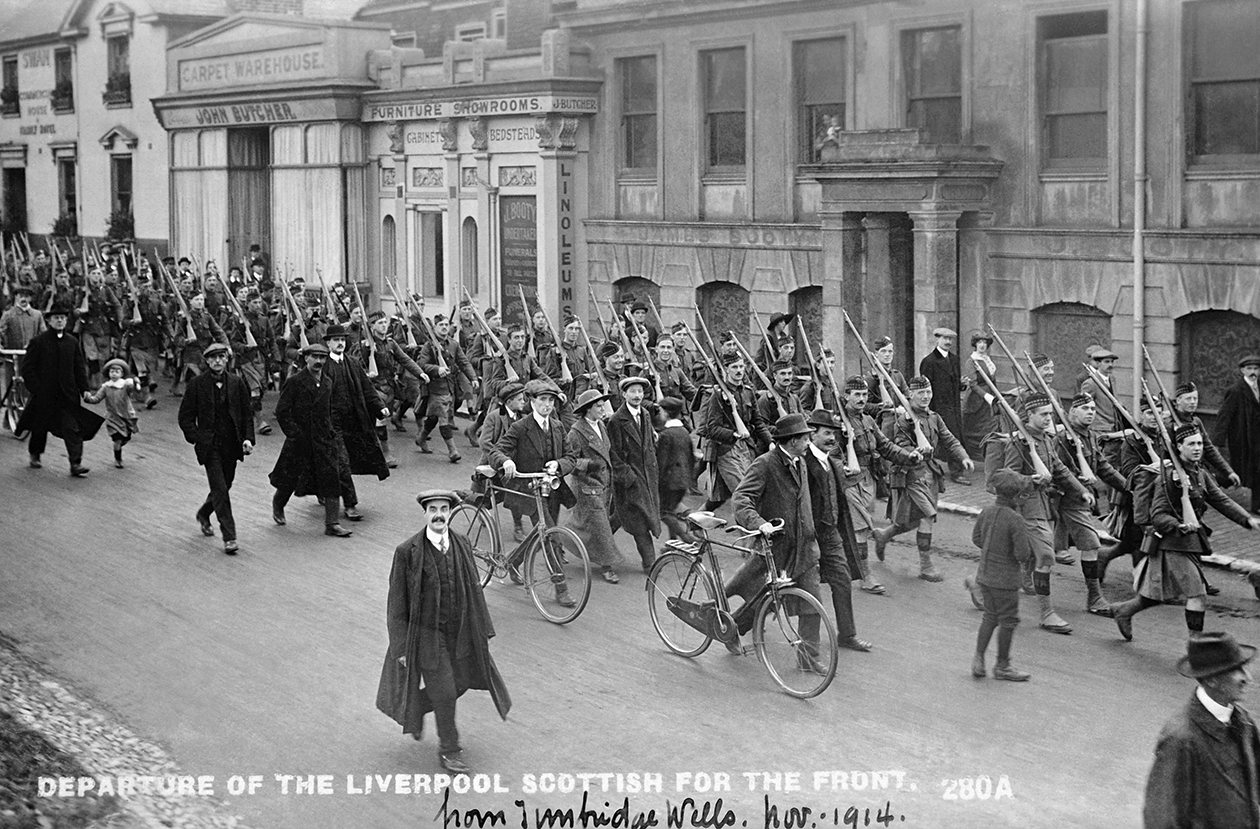
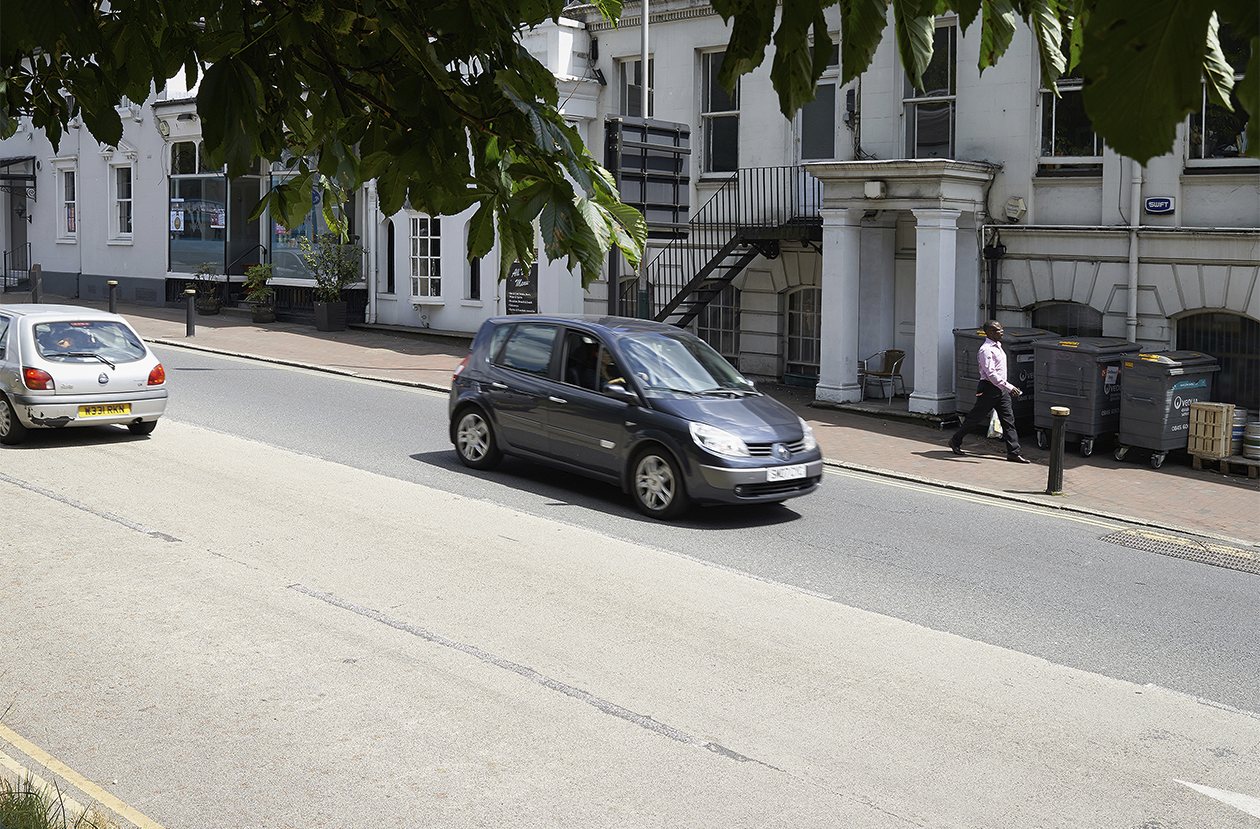
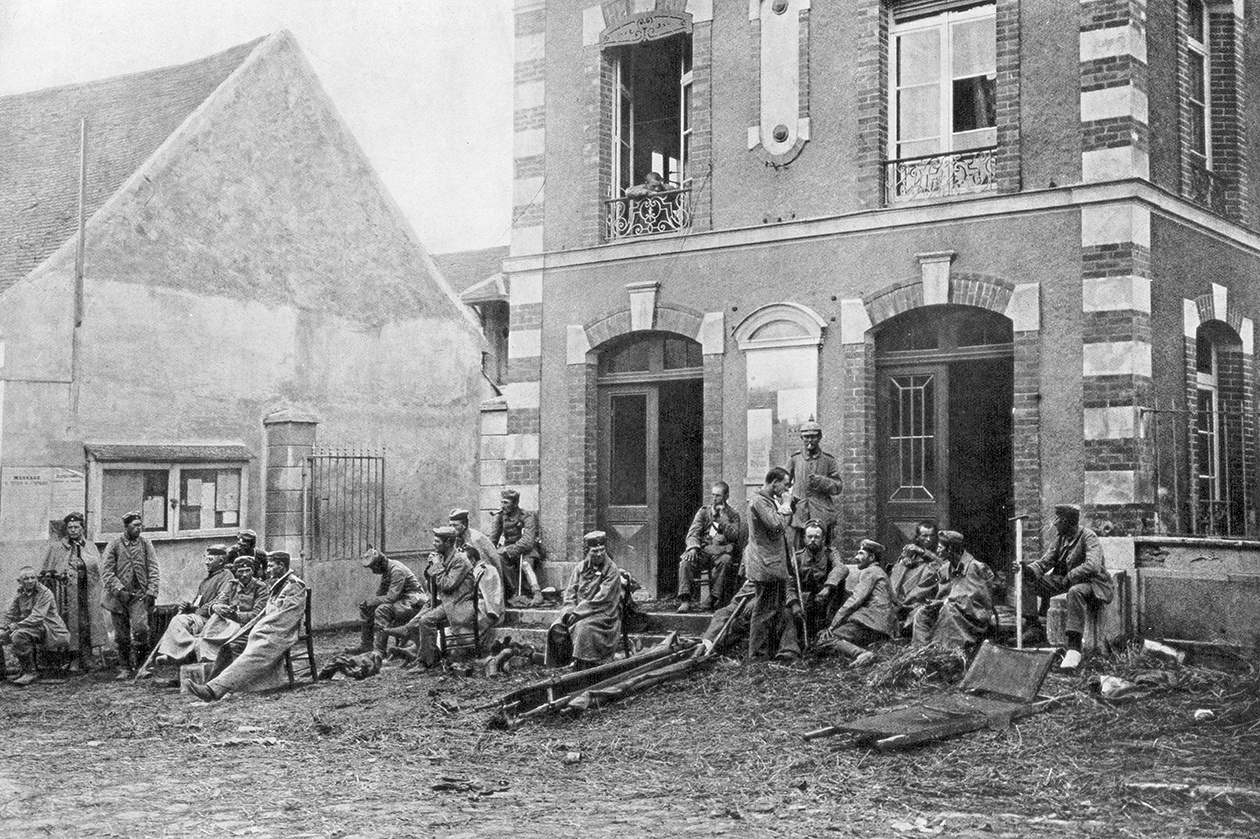
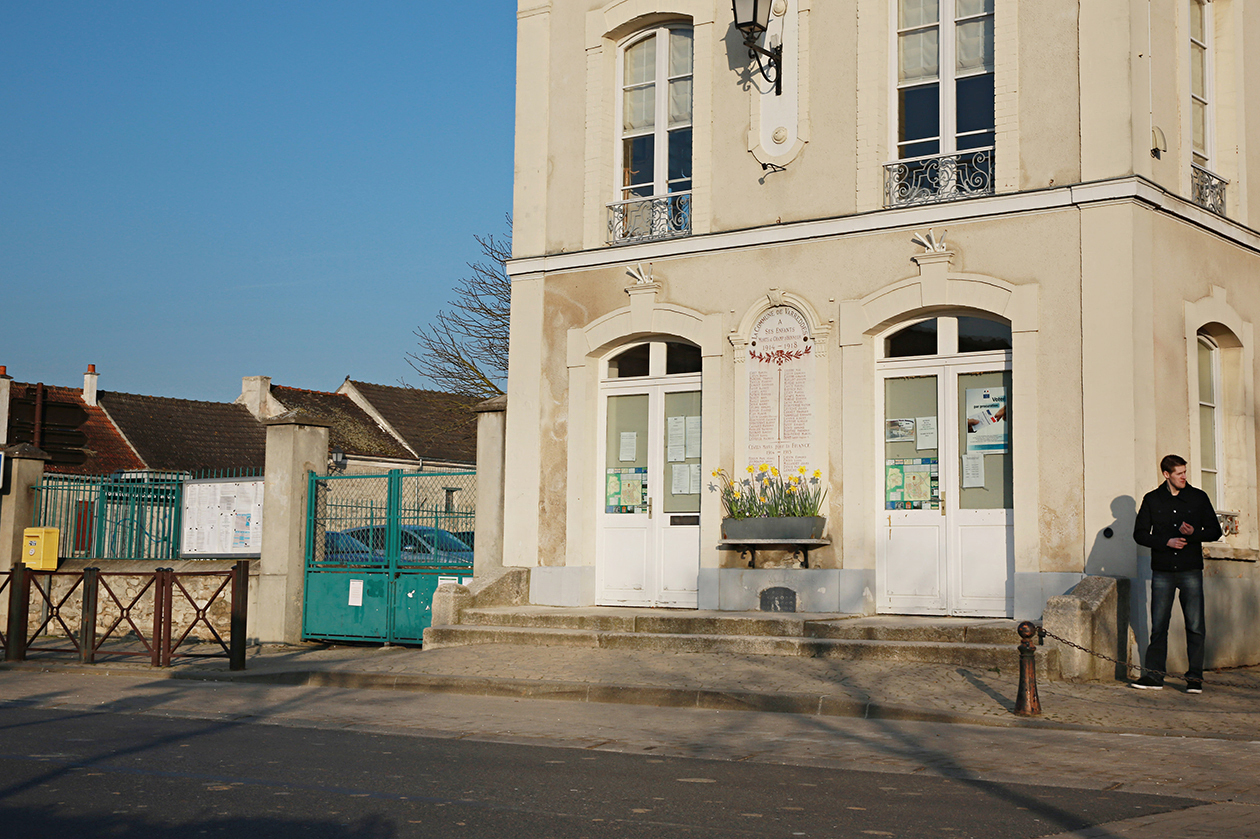
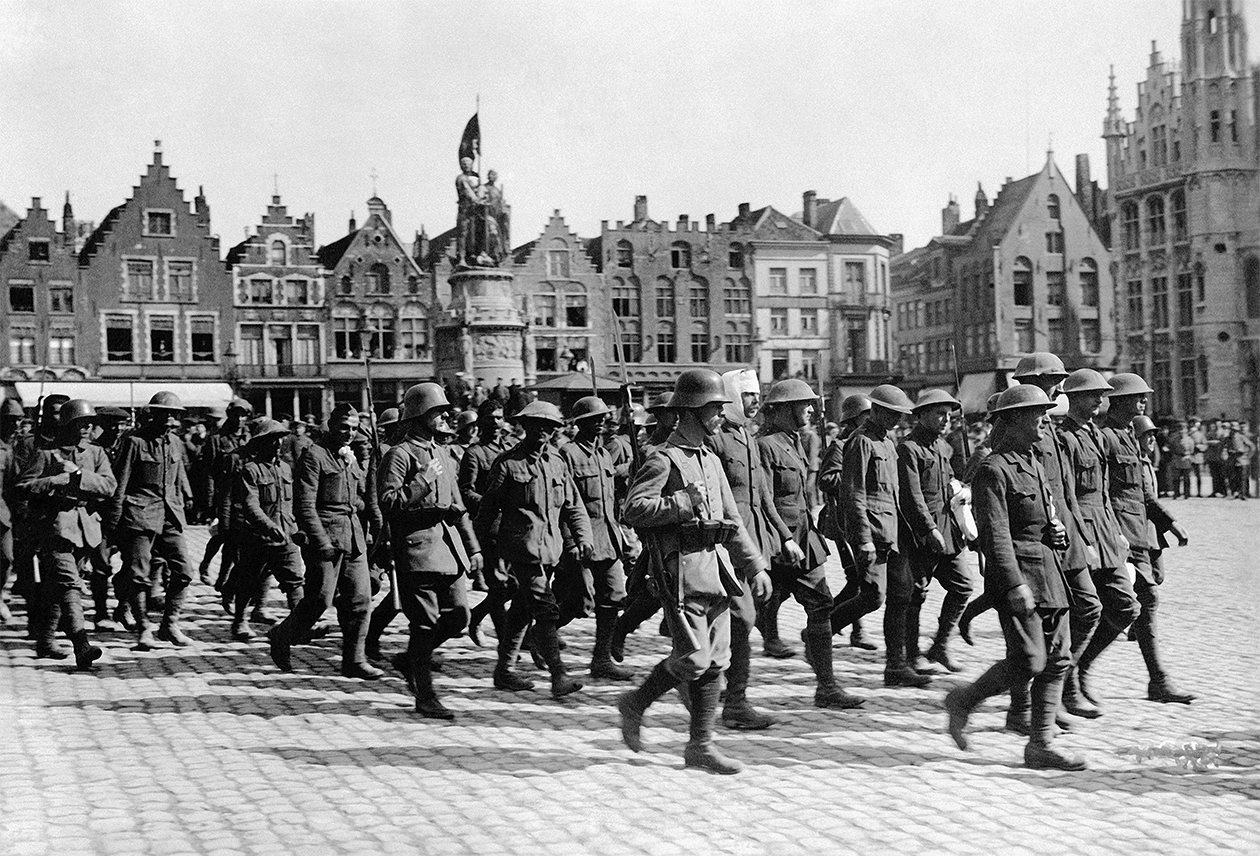
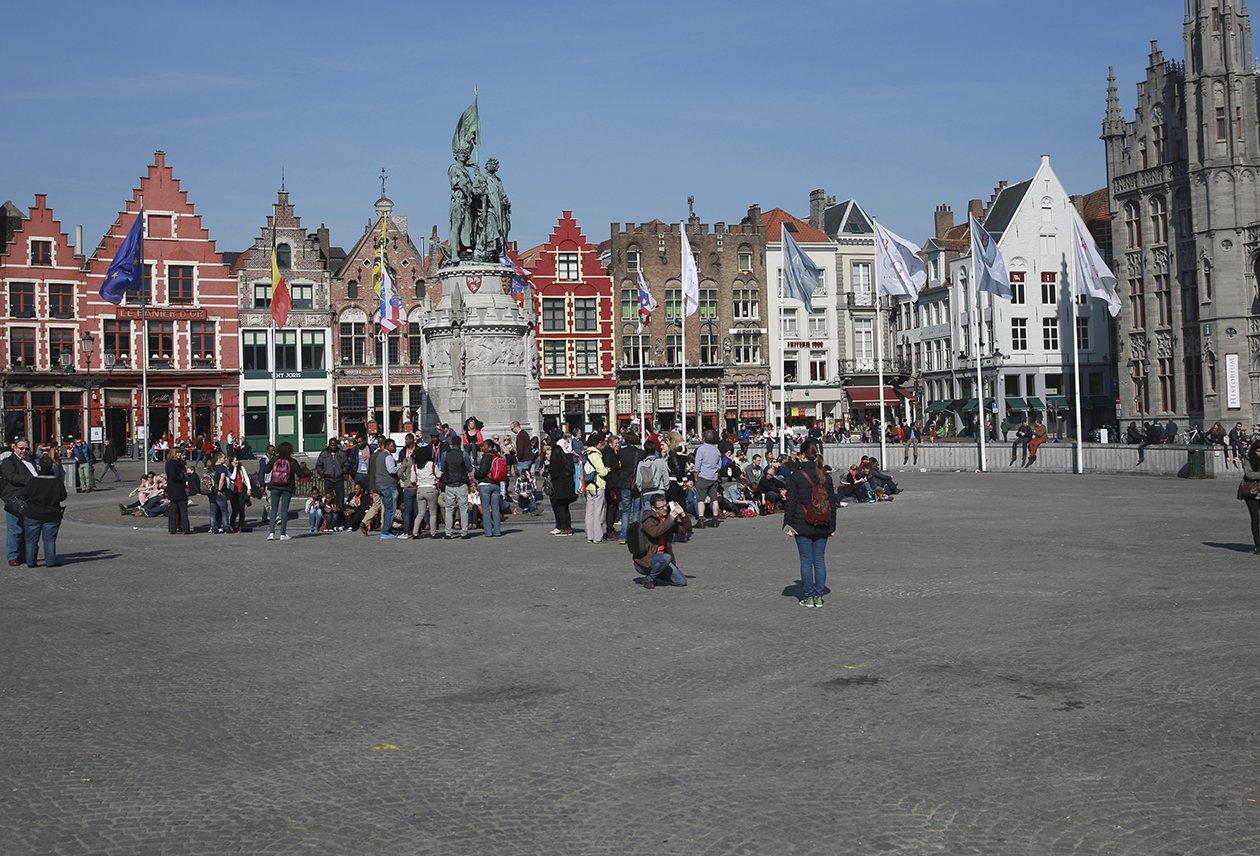
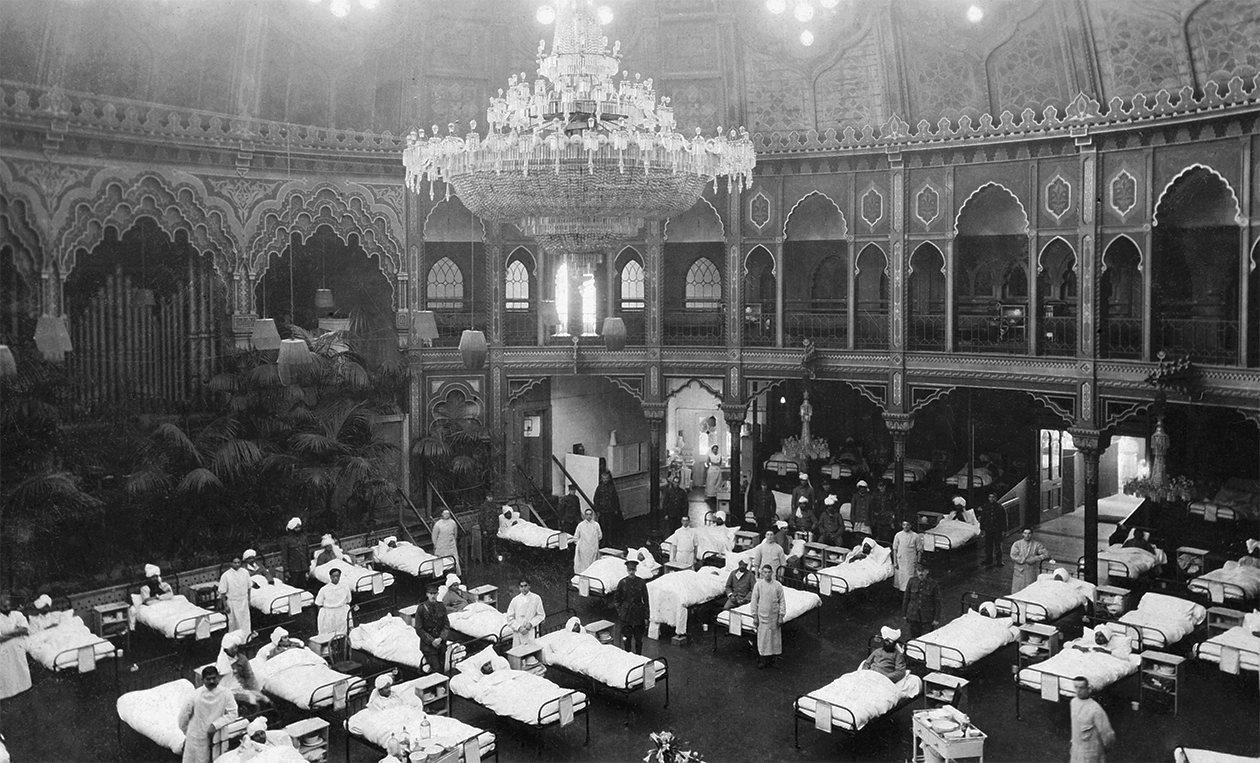
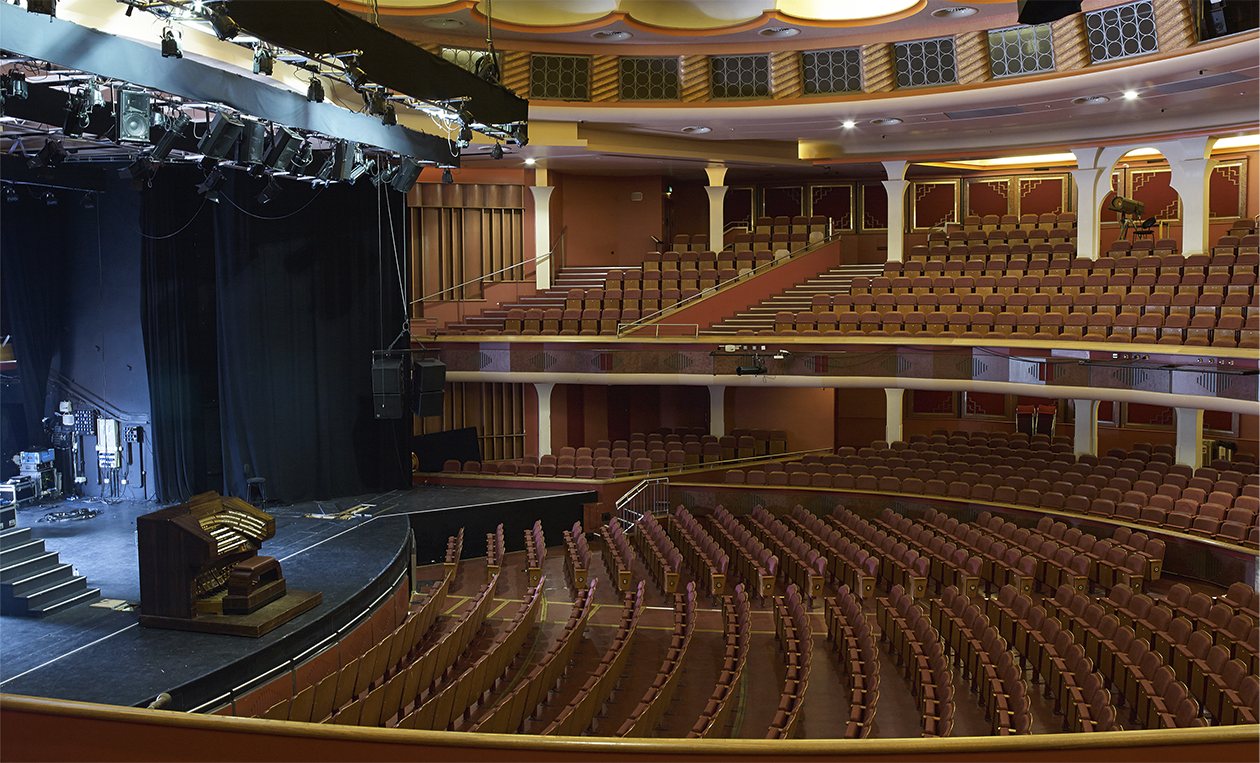
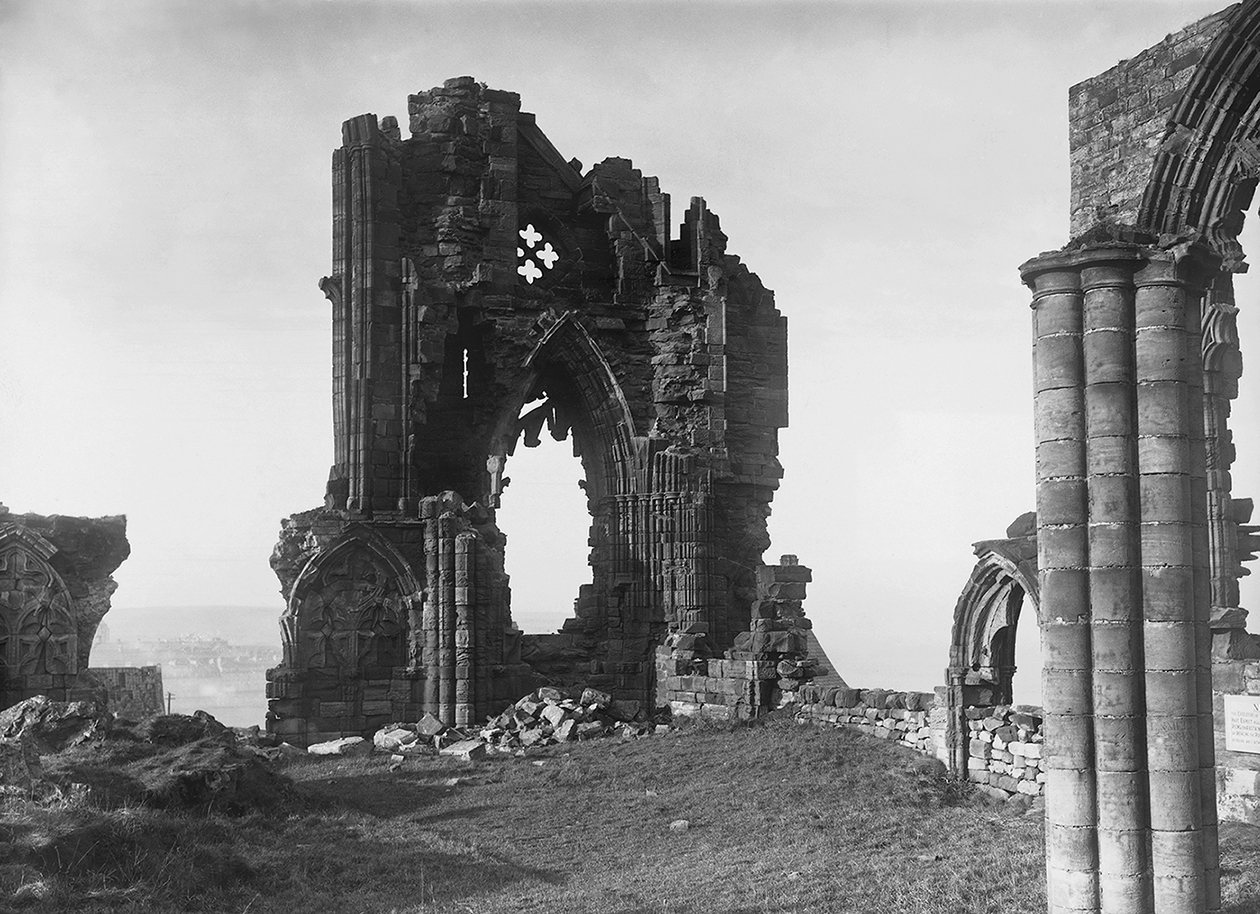
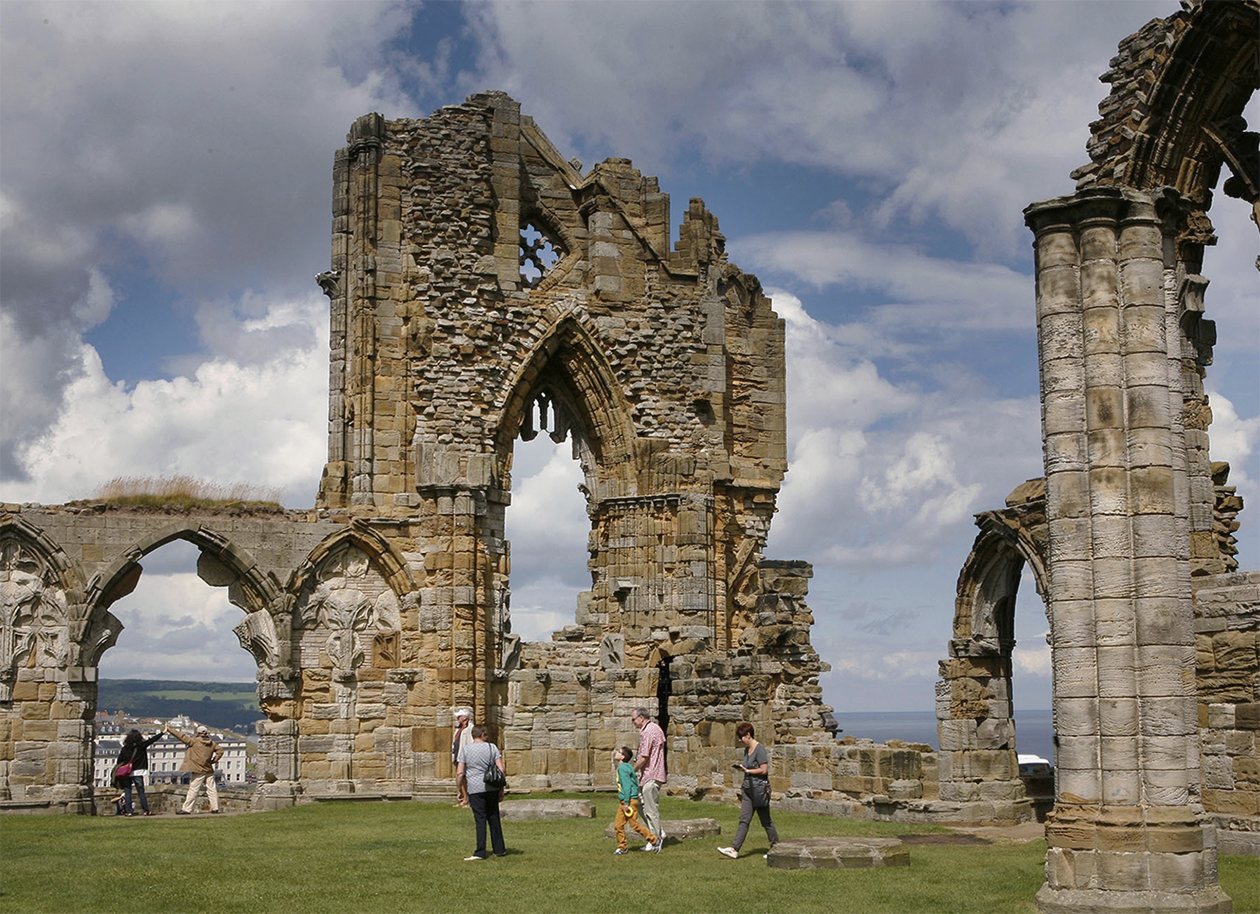
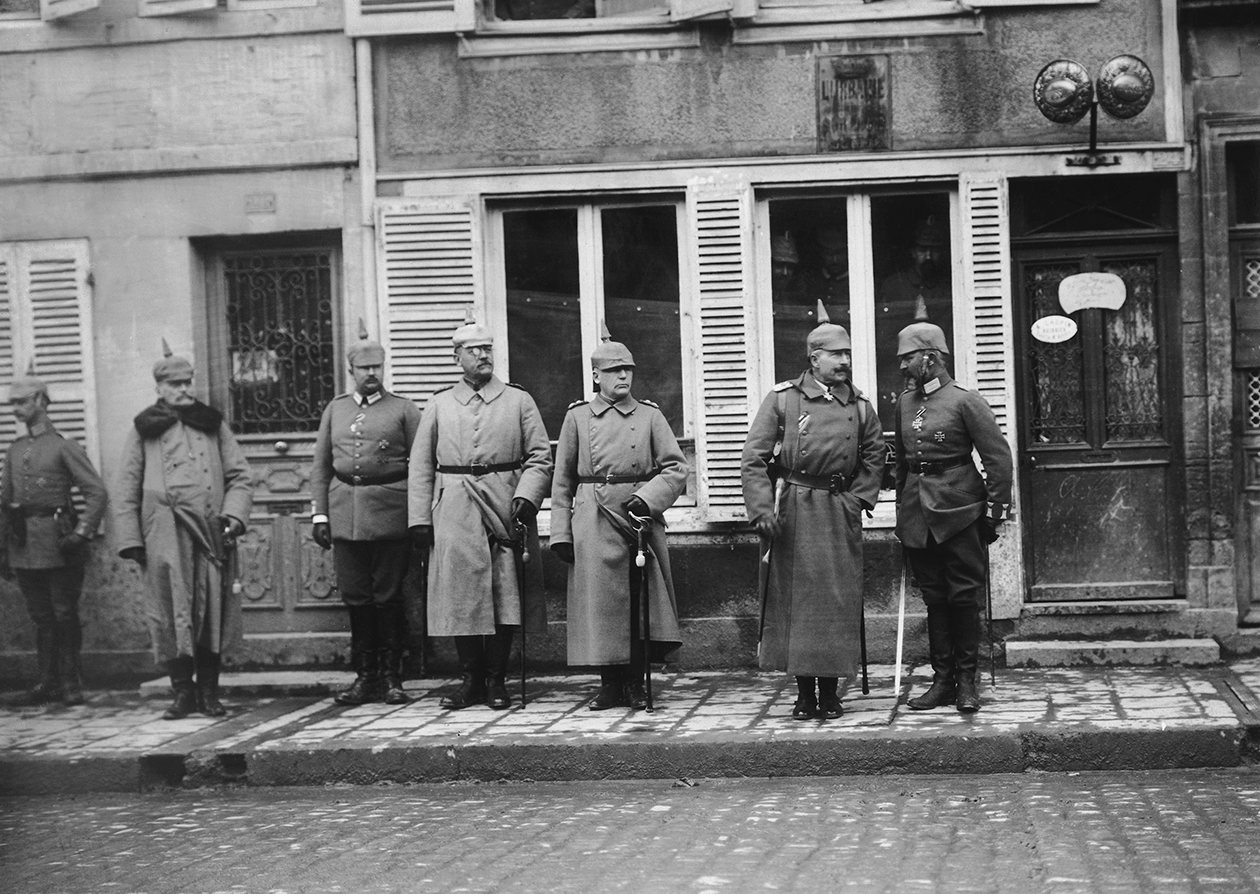
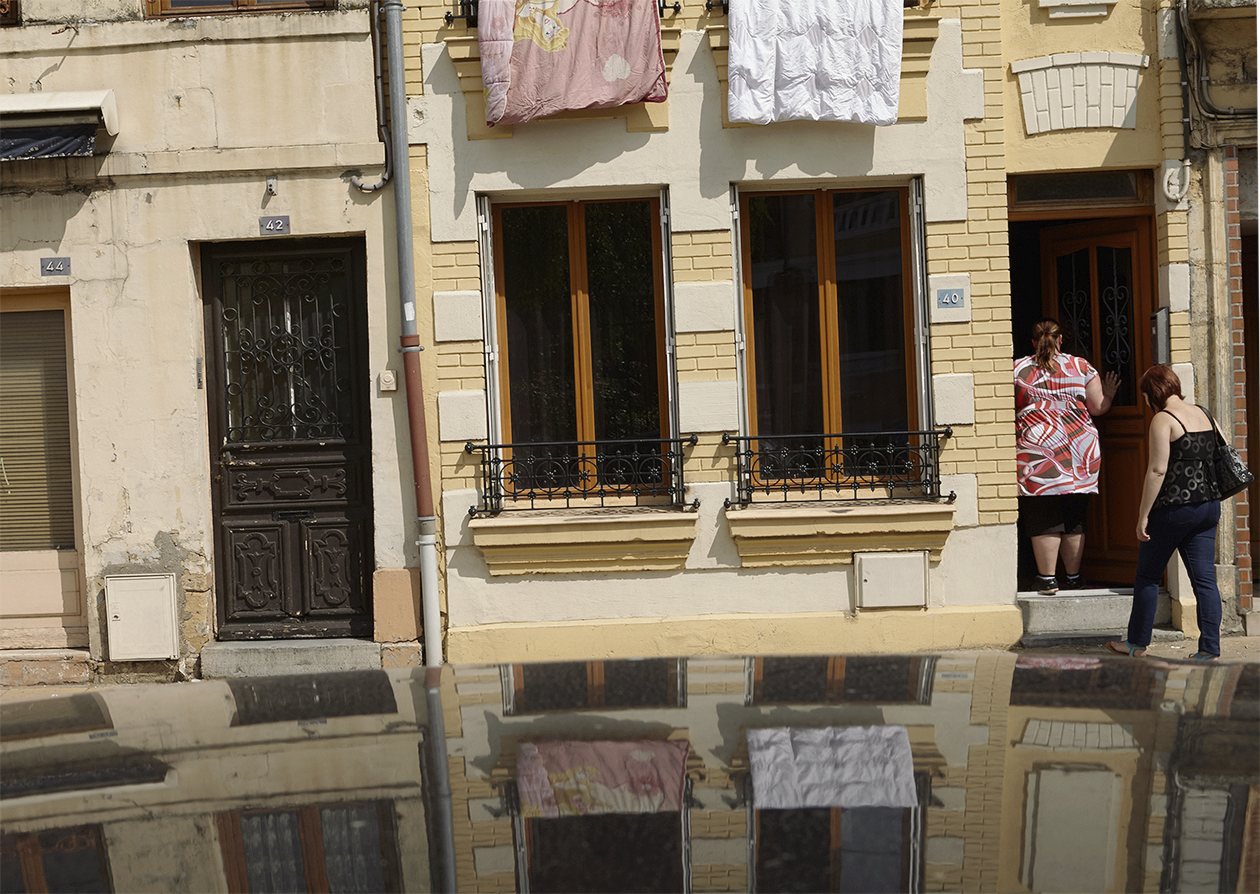
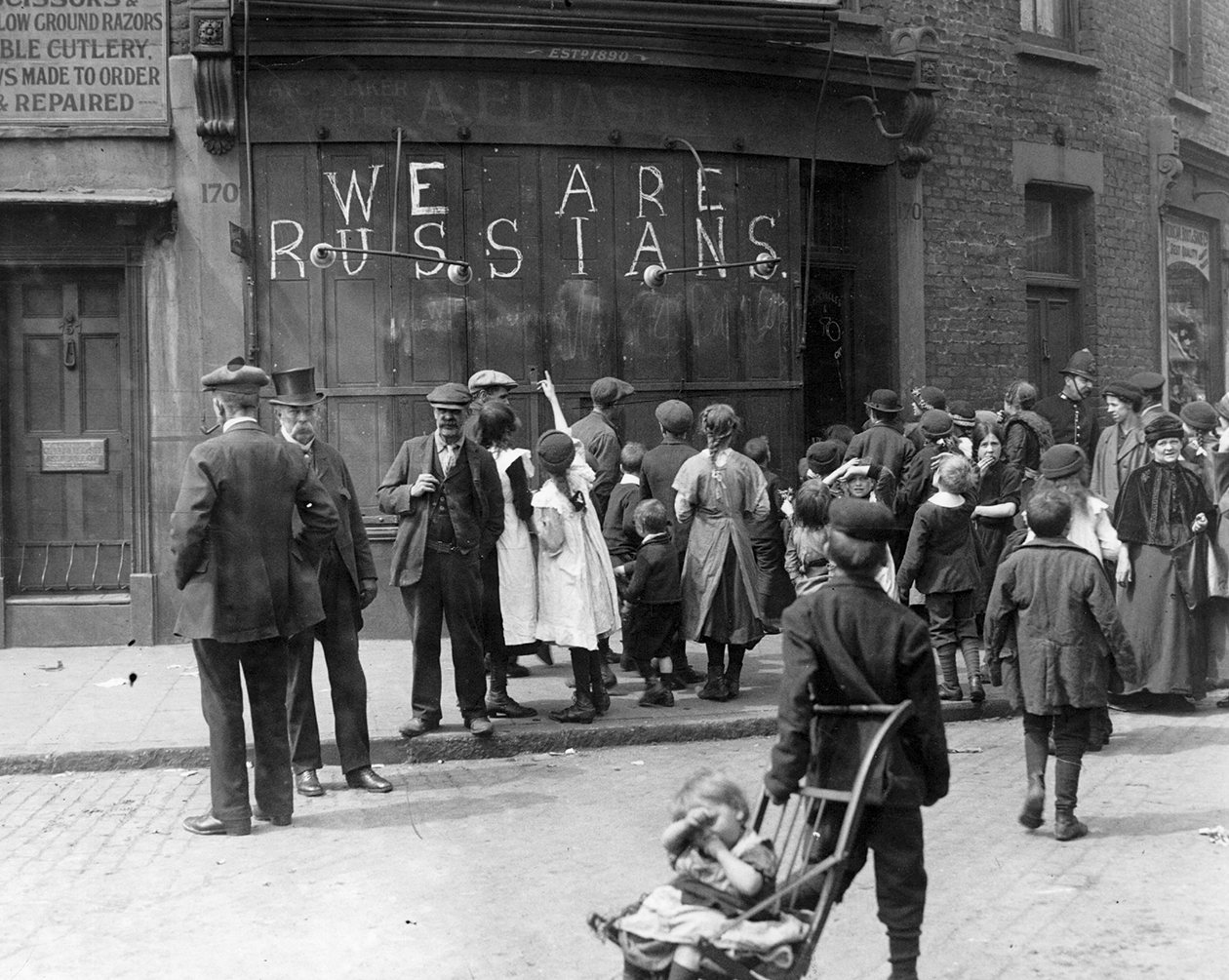
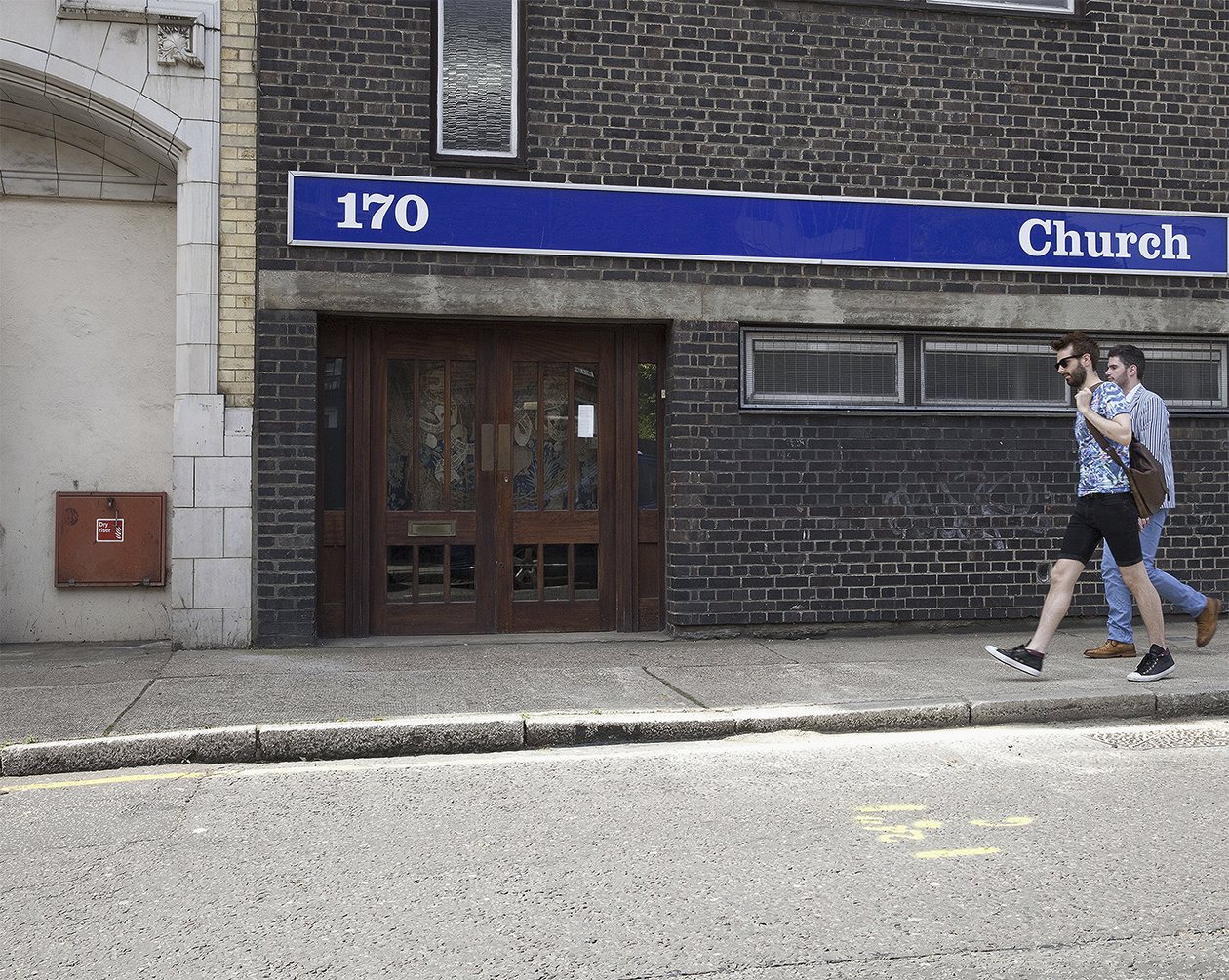
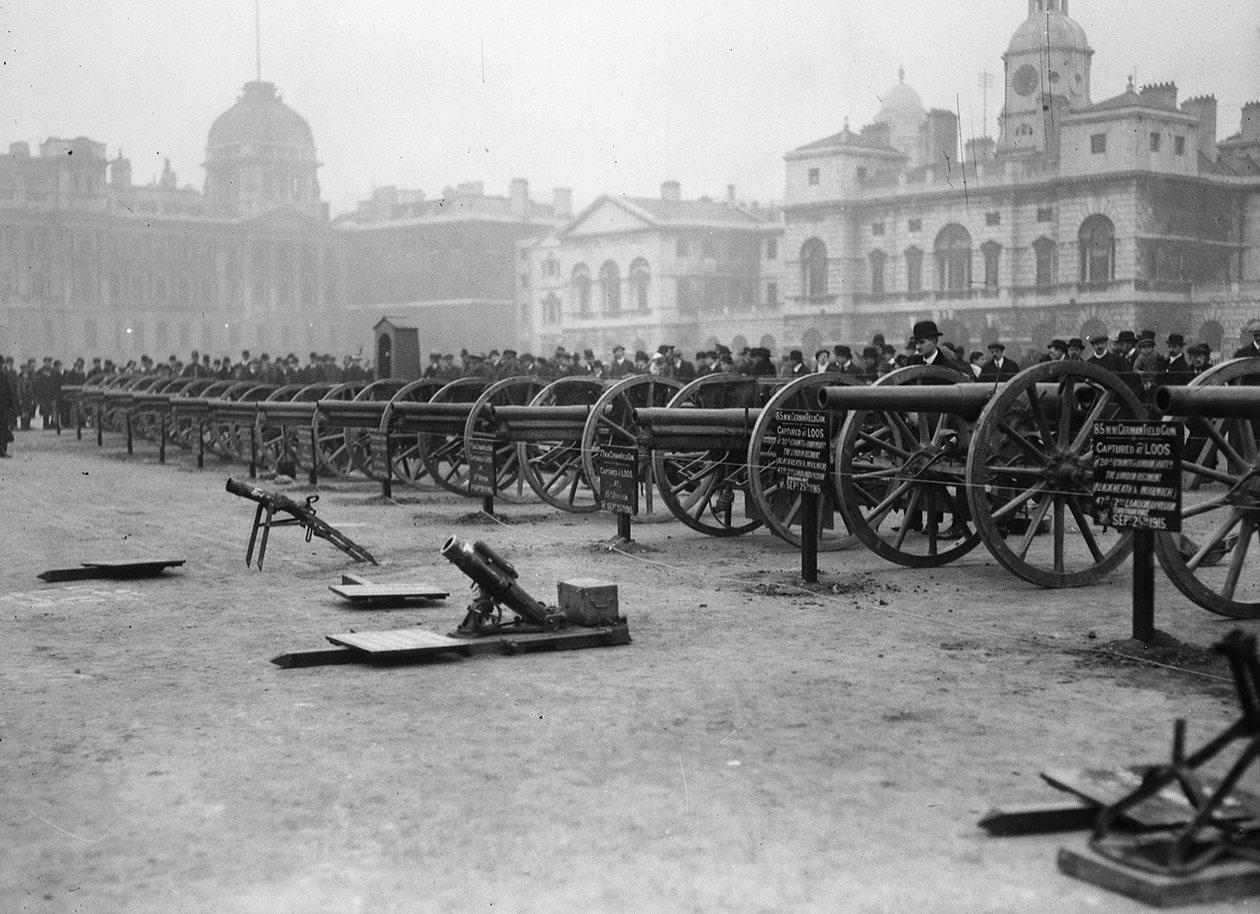
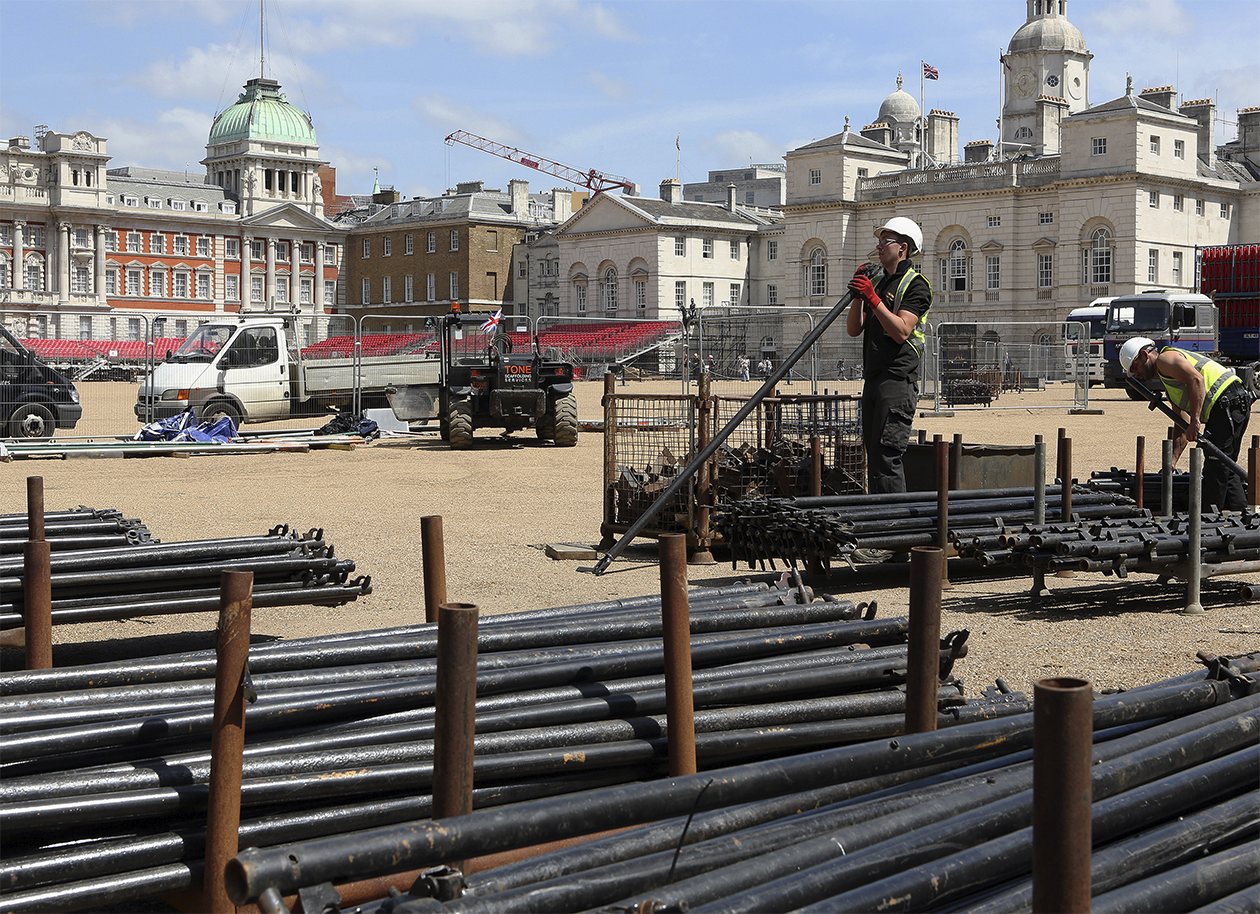
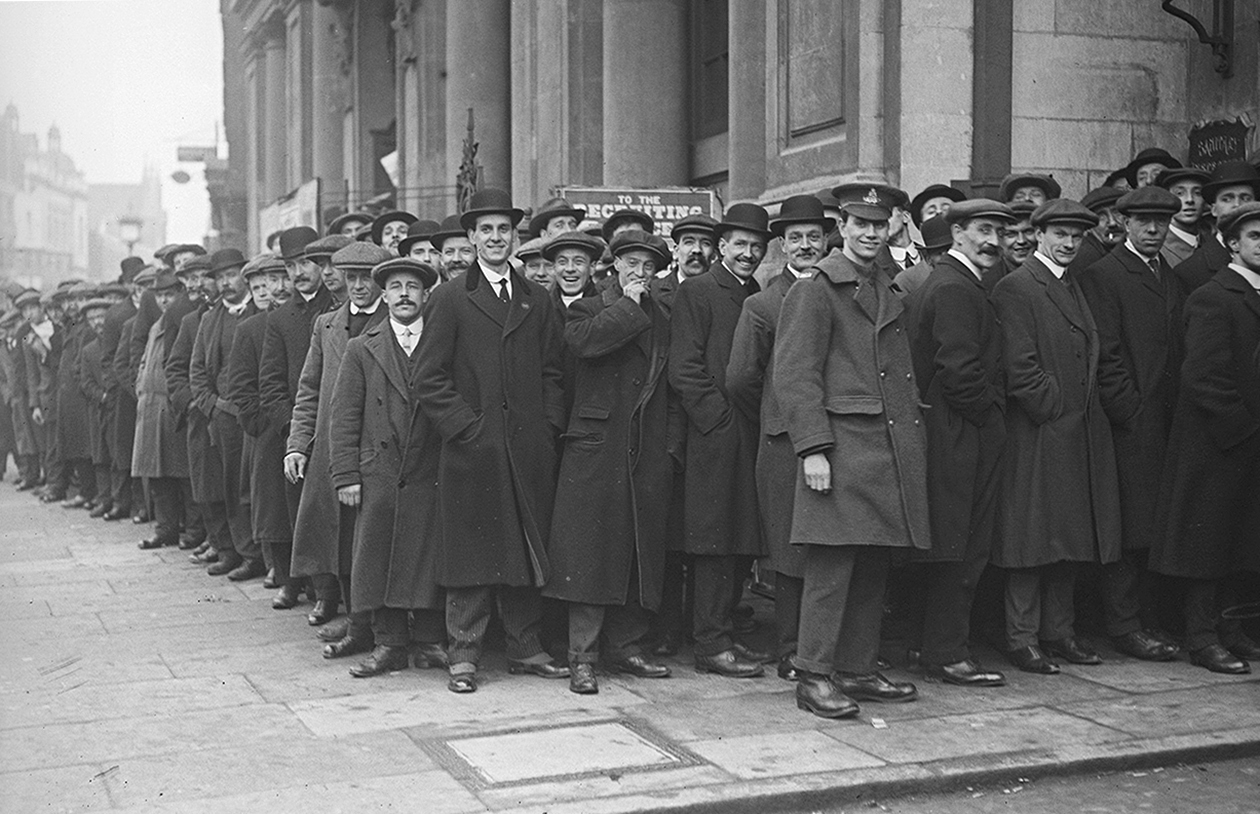
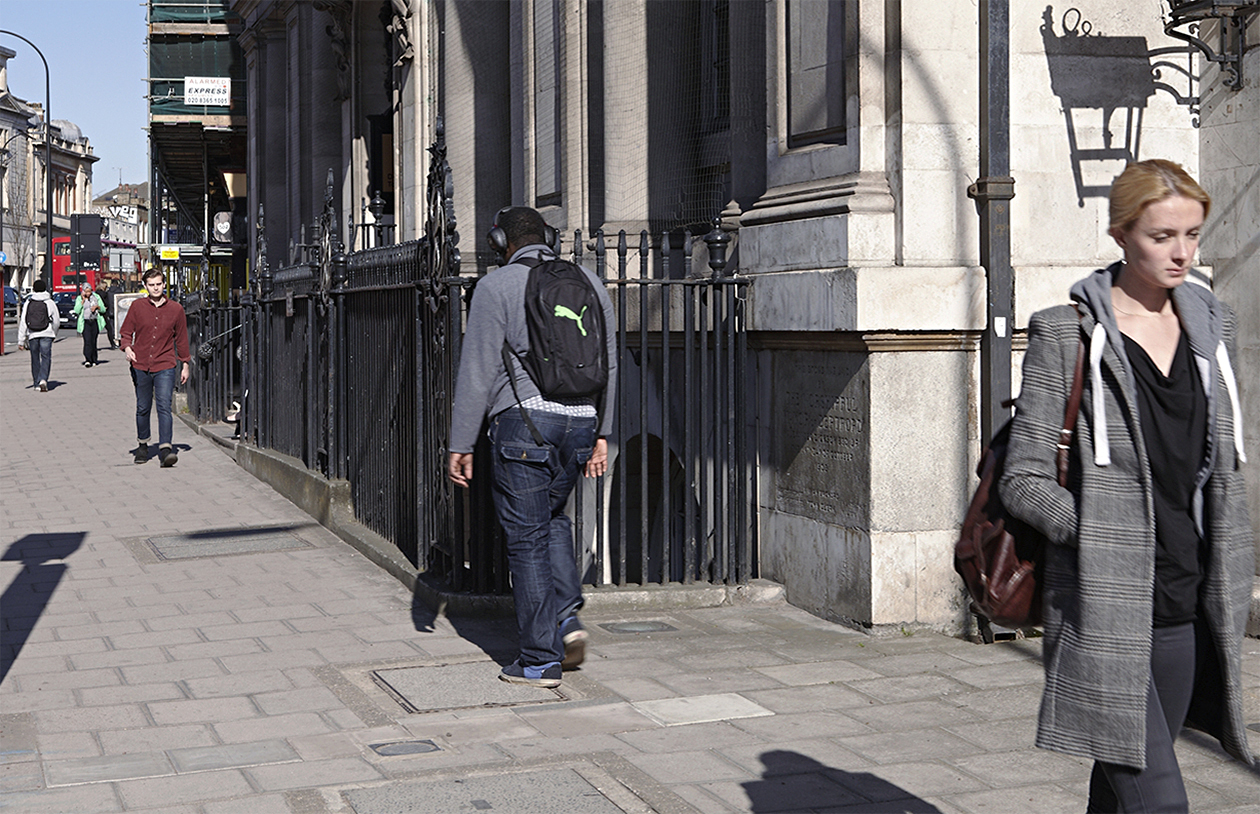
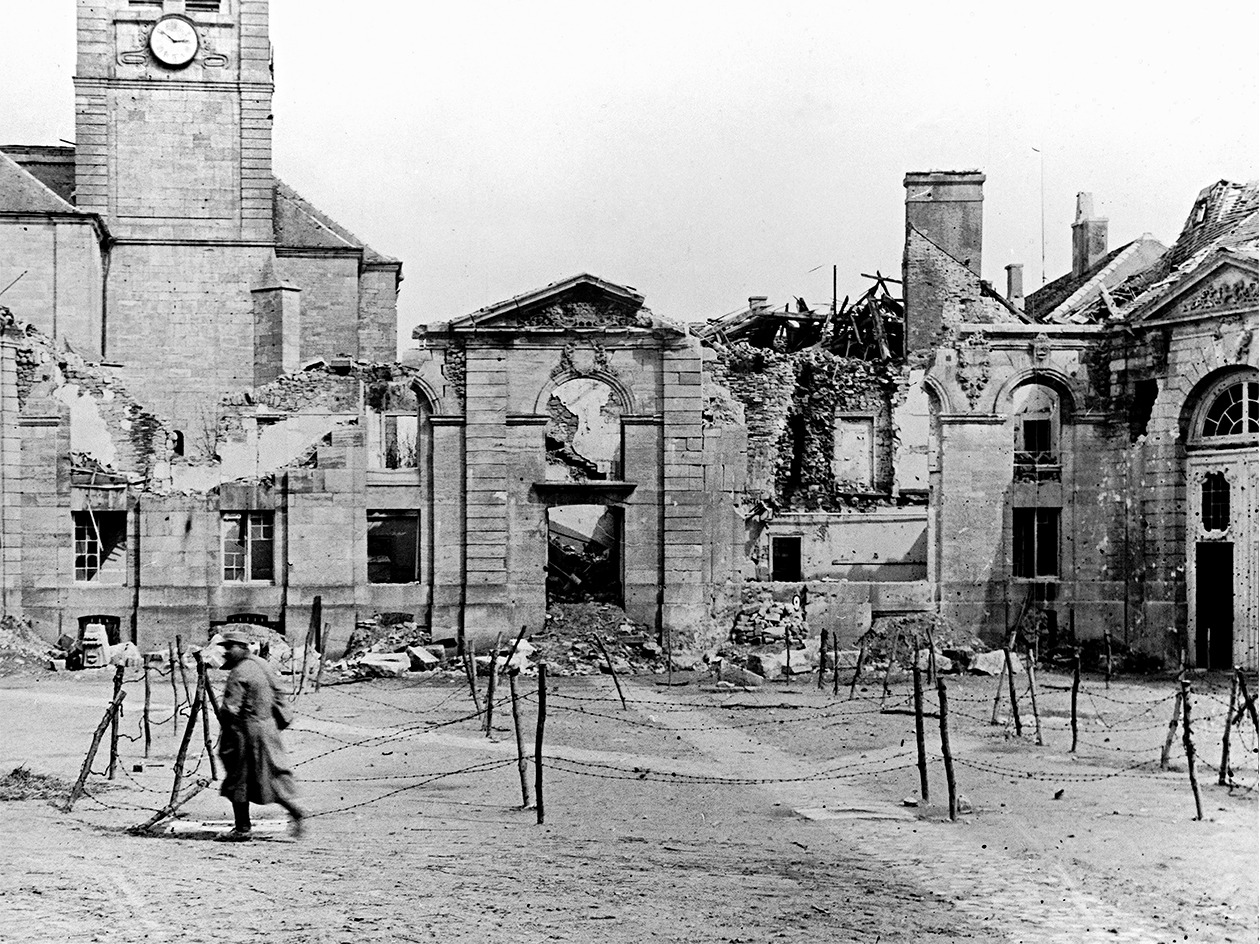
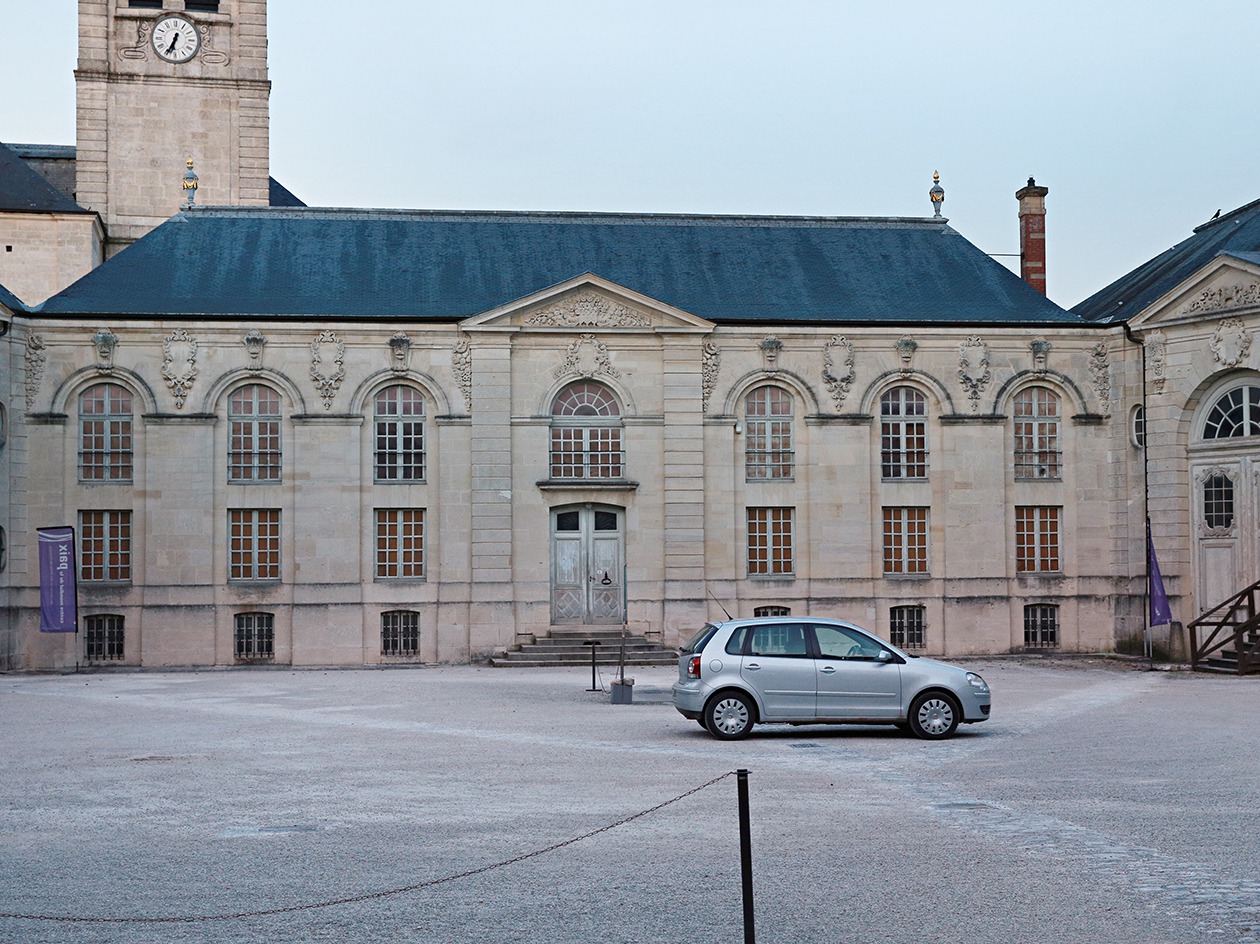
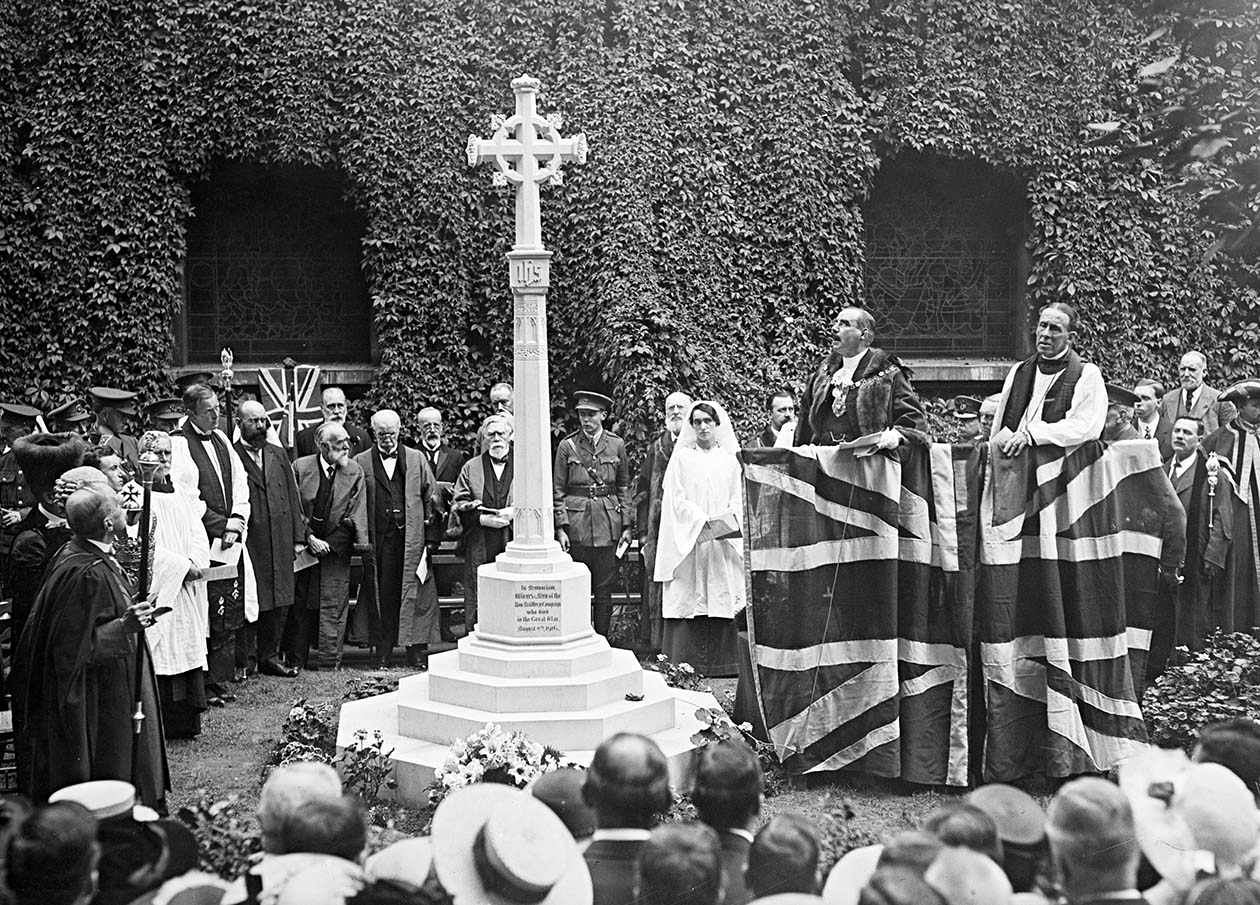
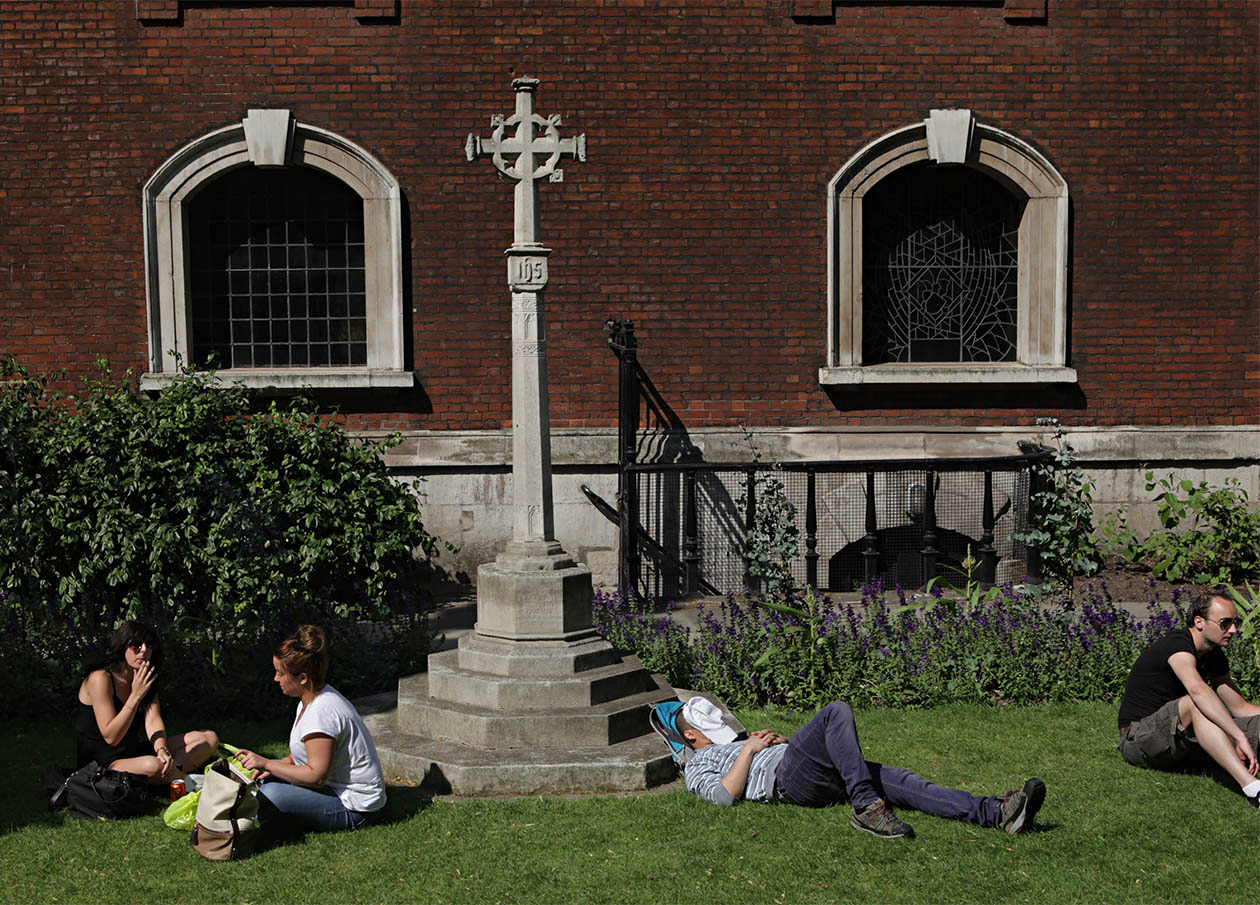
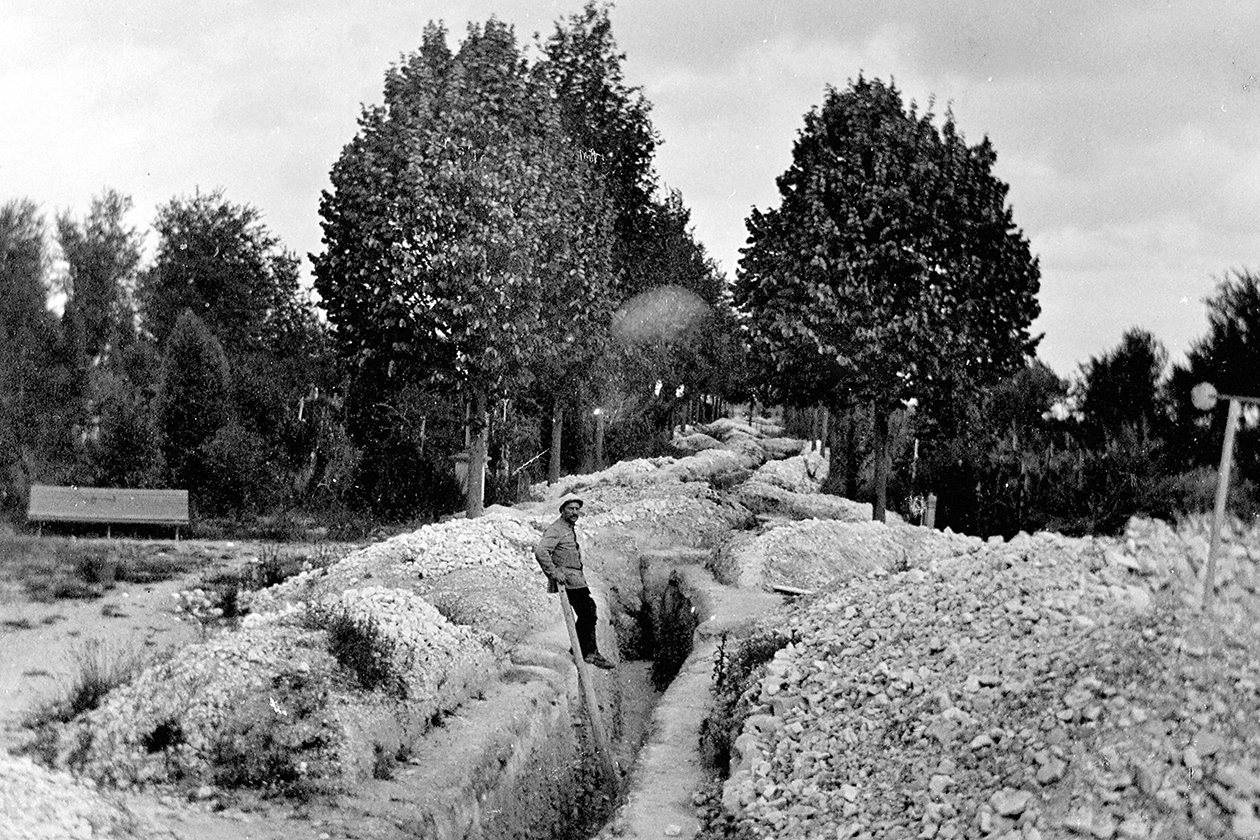
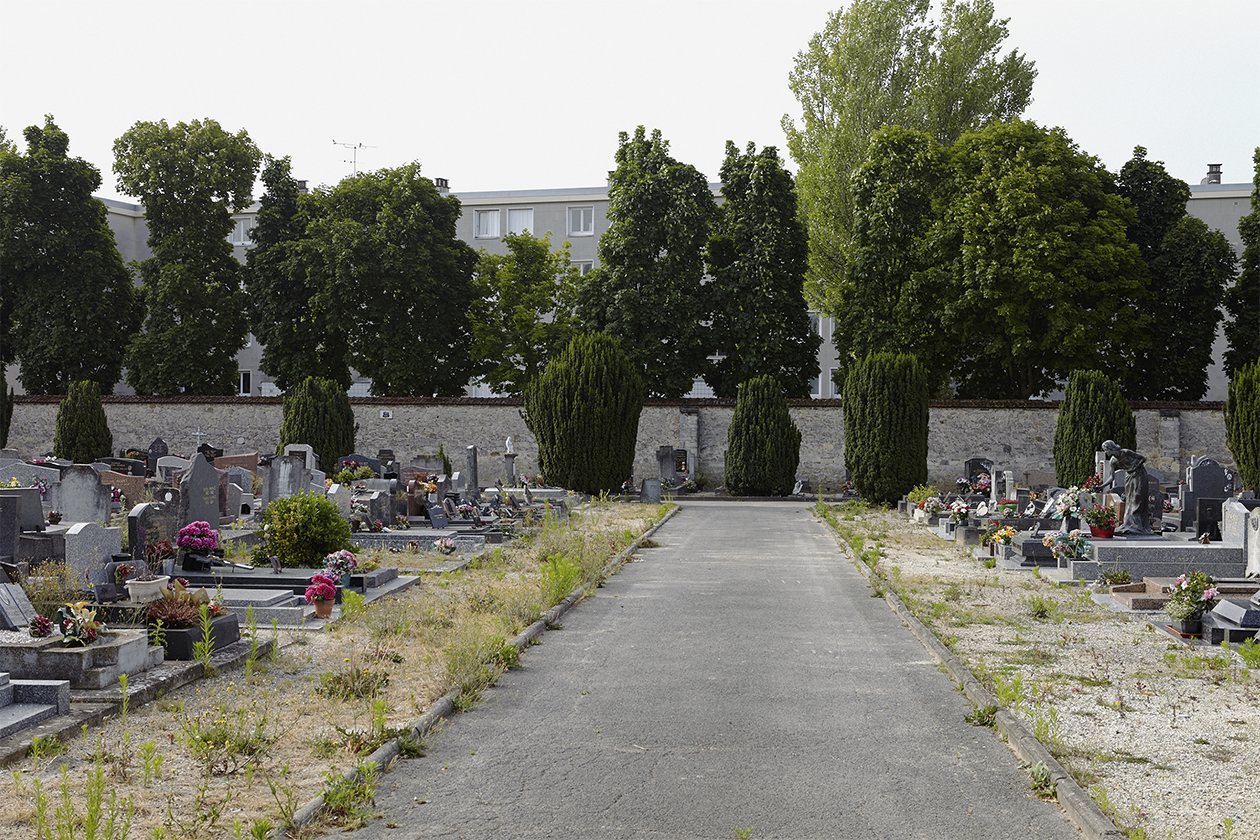
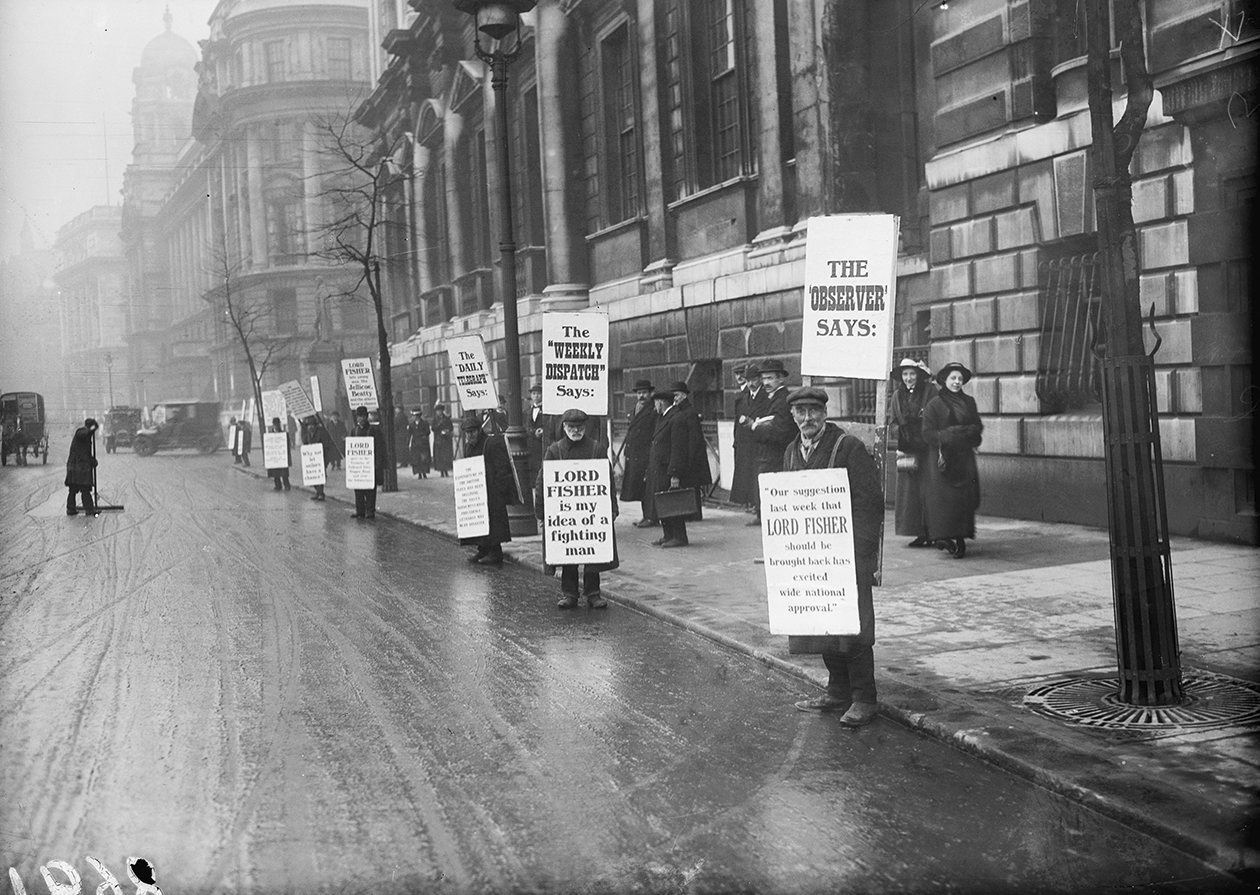
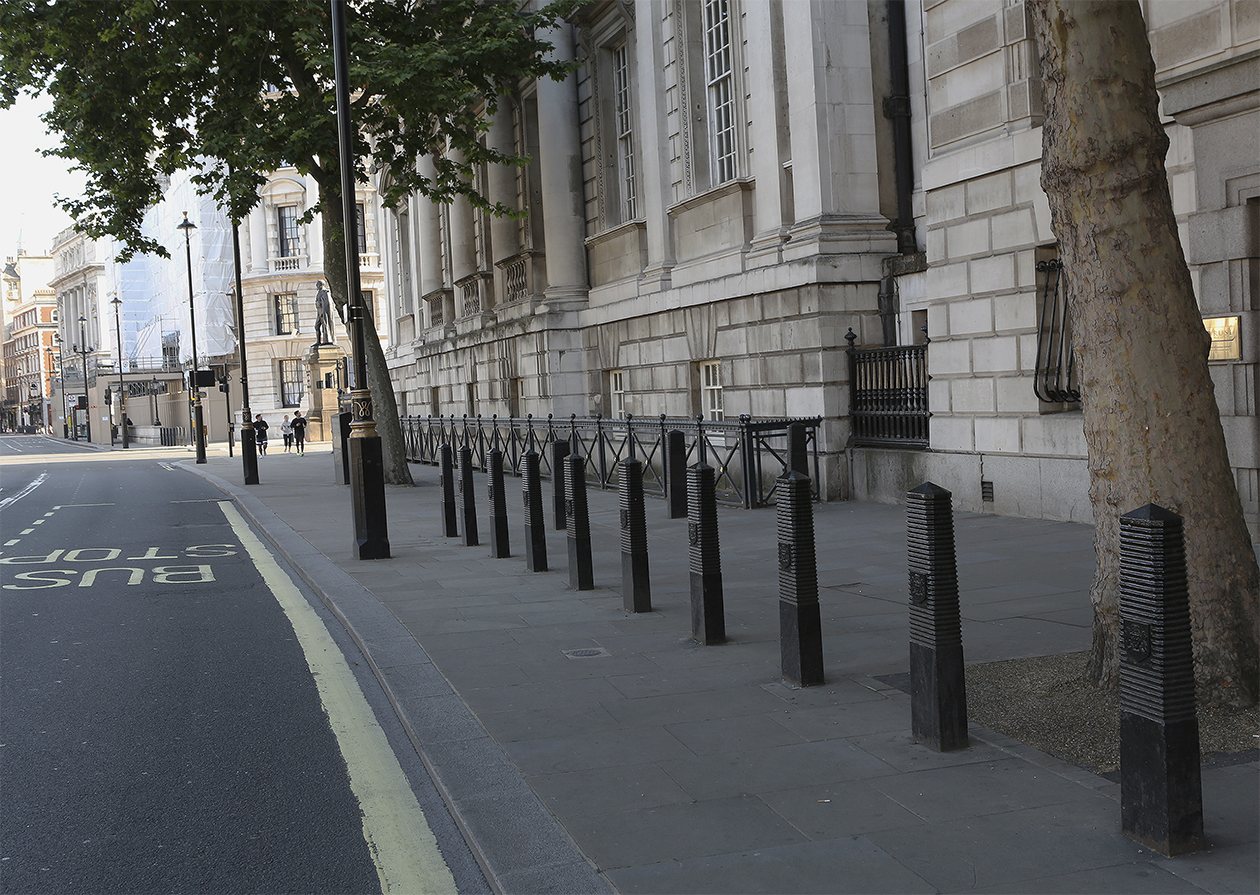
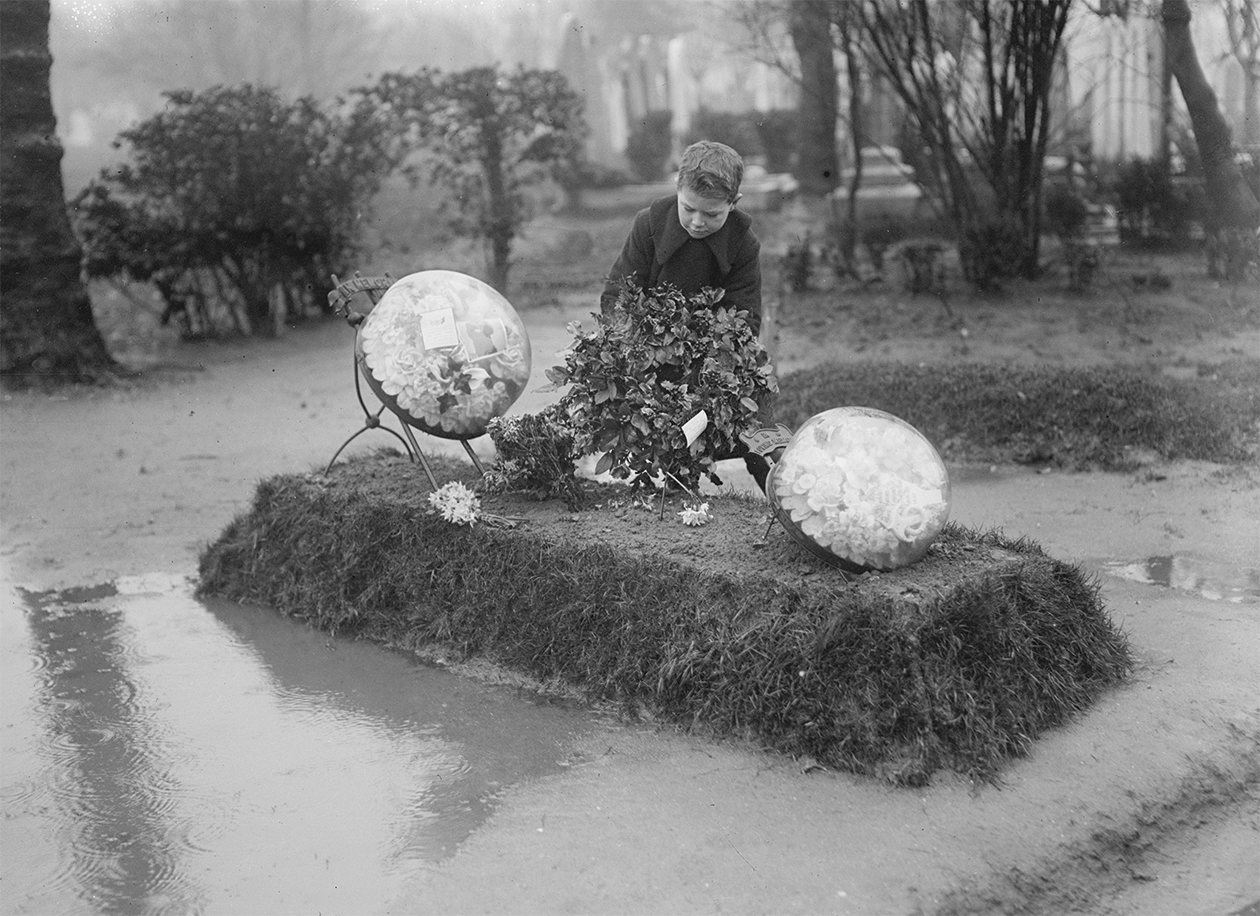
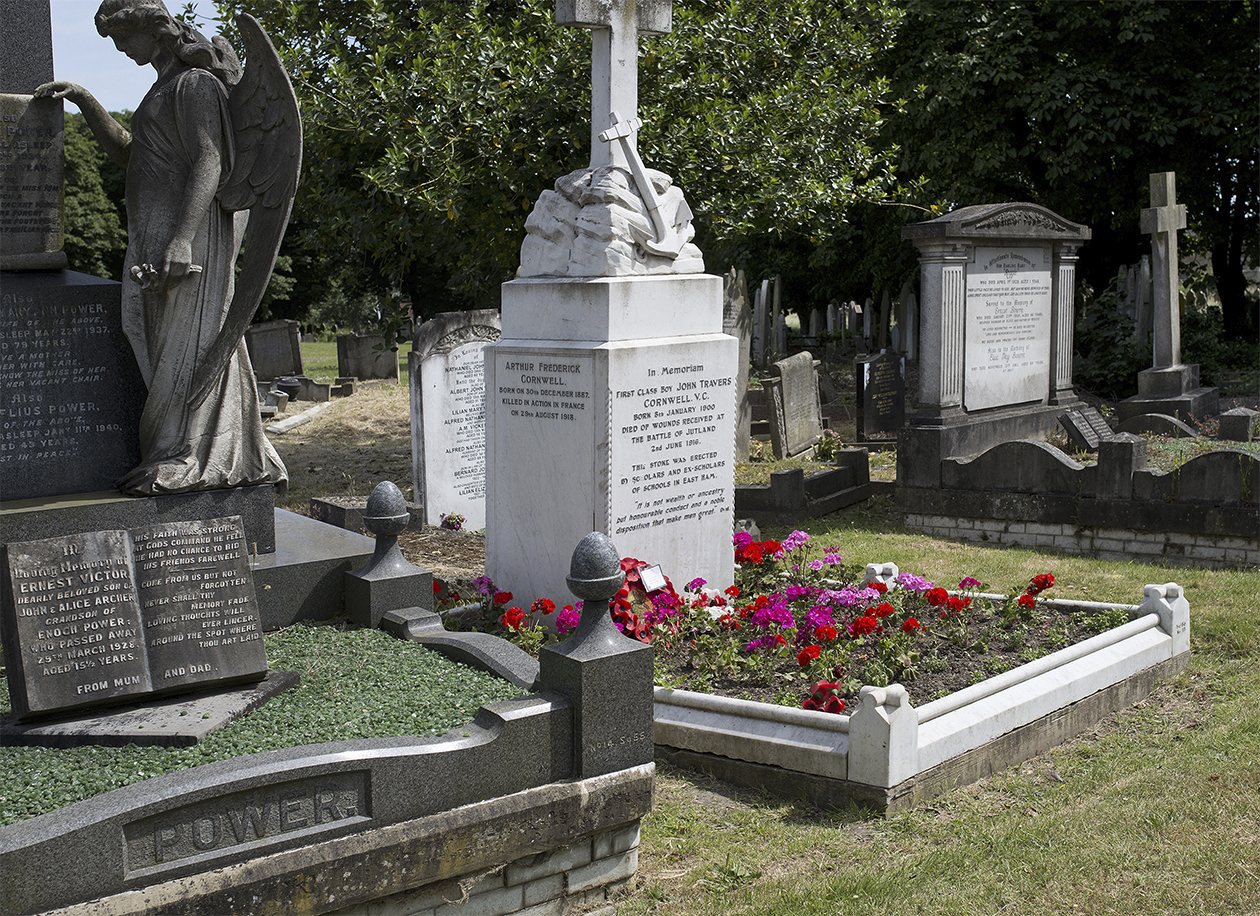
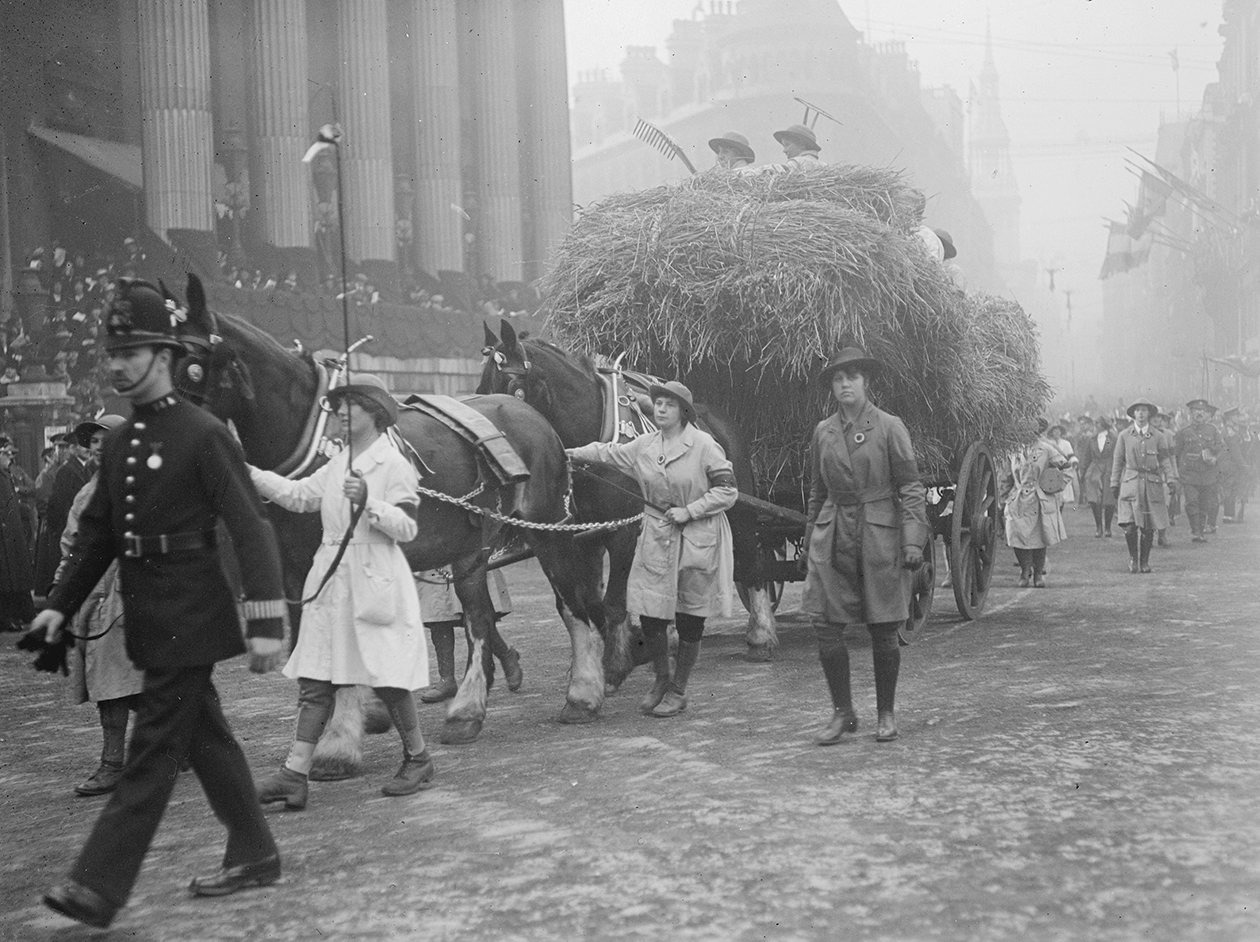
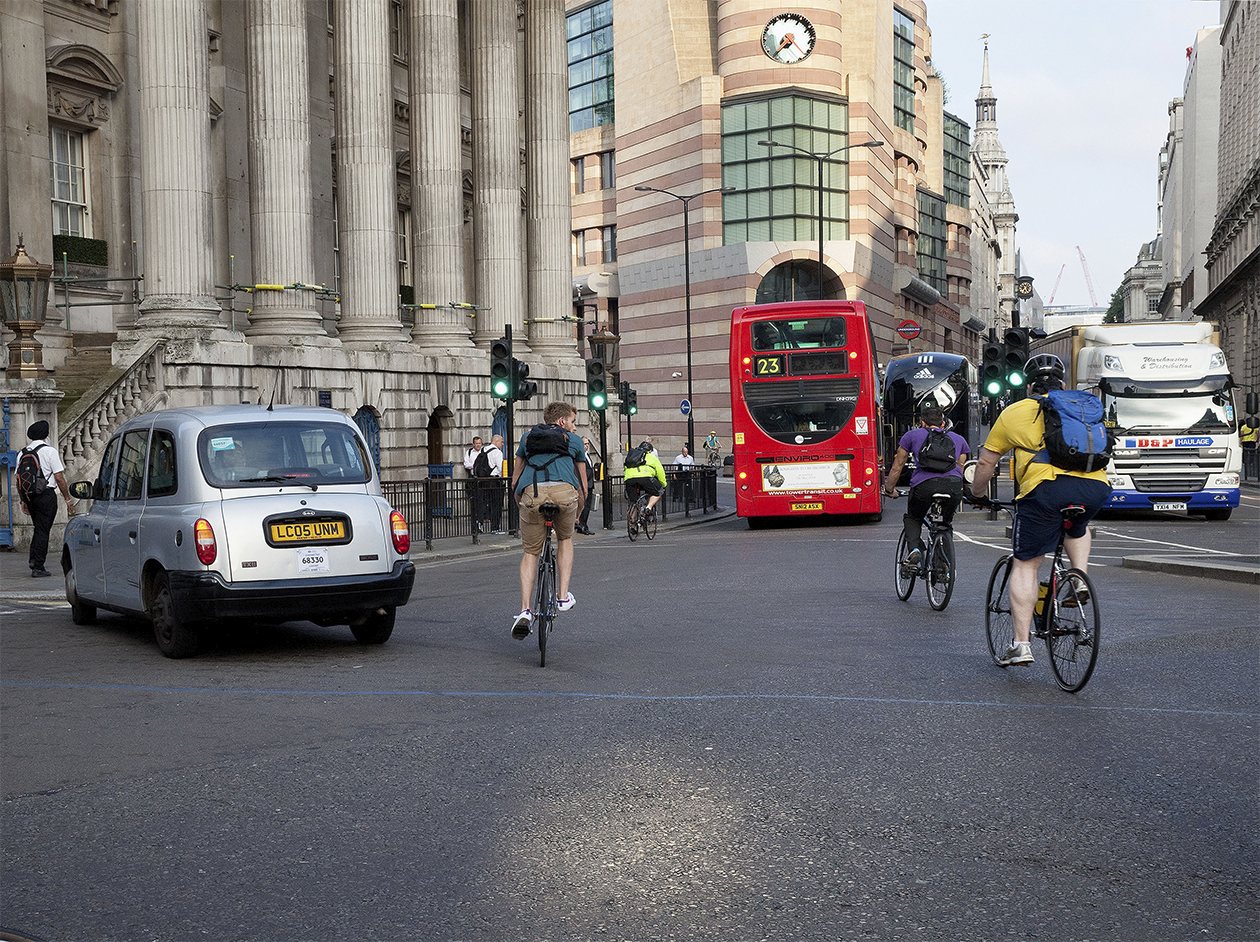
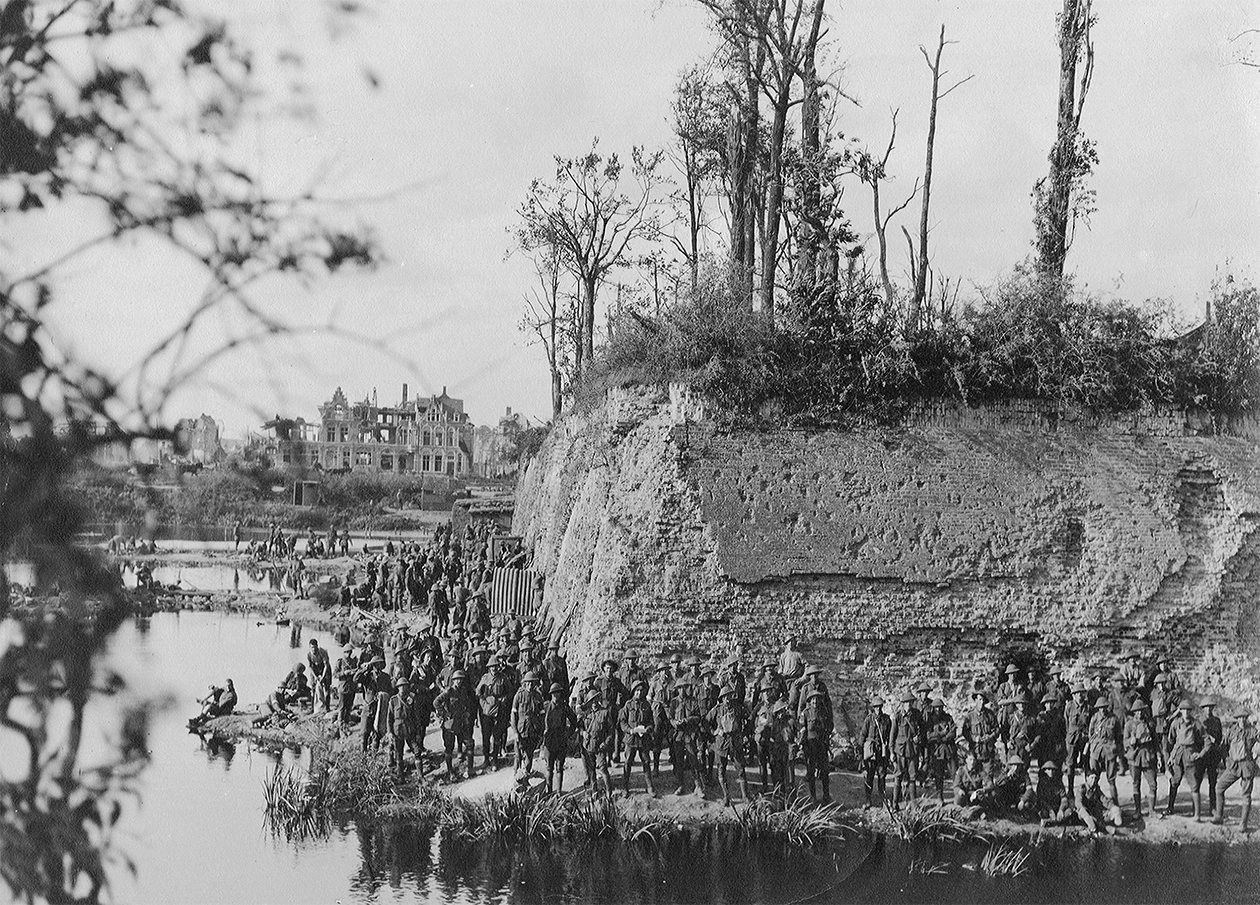
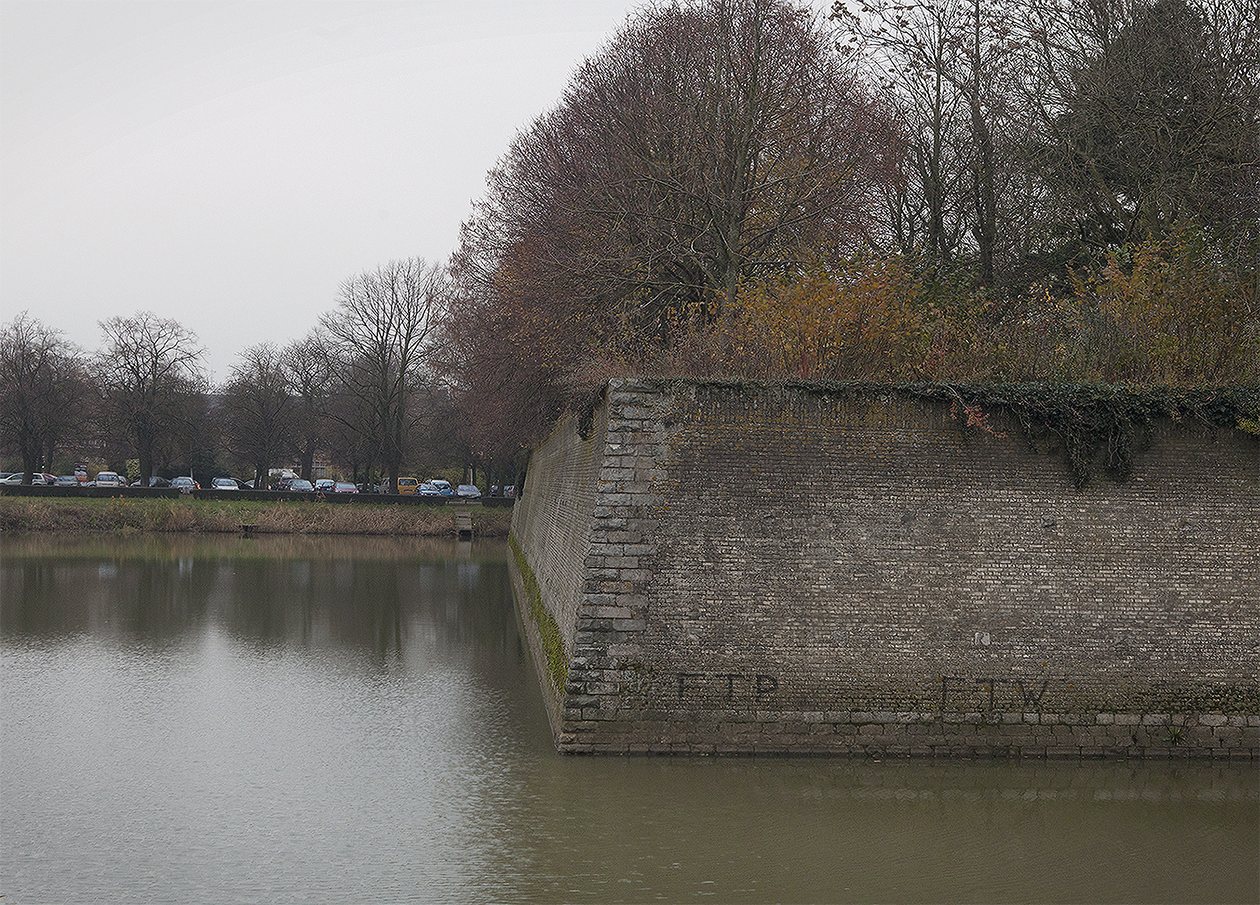
Δεν υπάρχουν σχόλια:
Δημοσίευση σχολίου